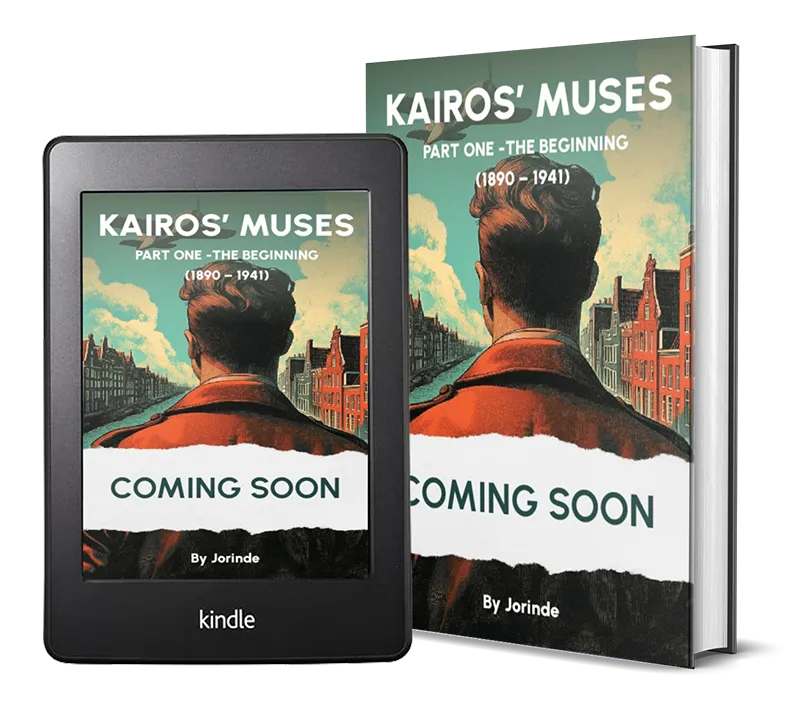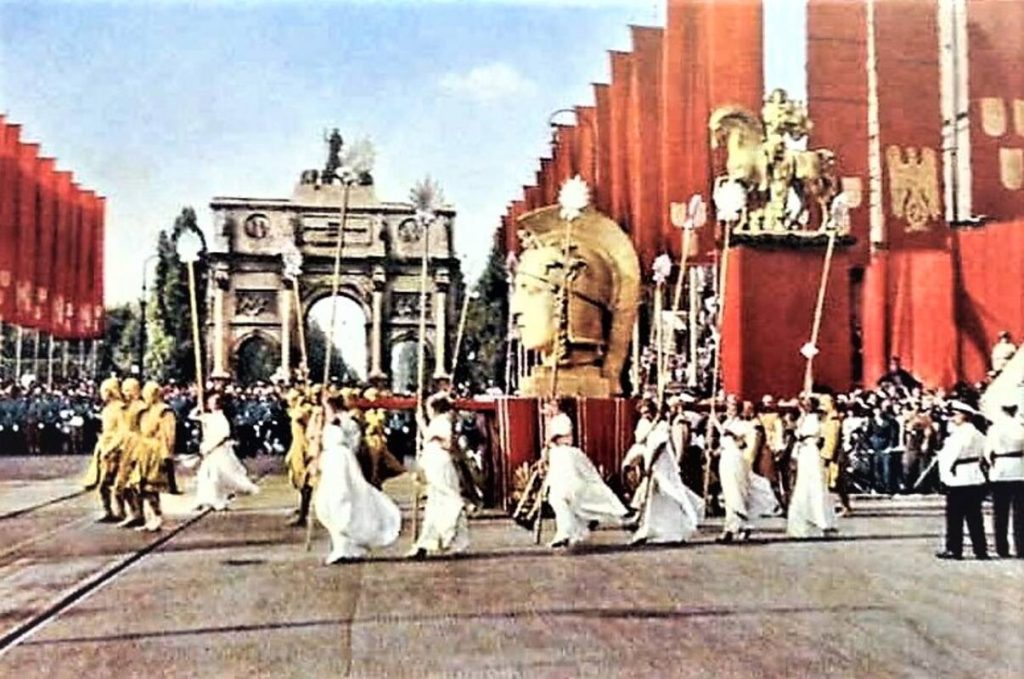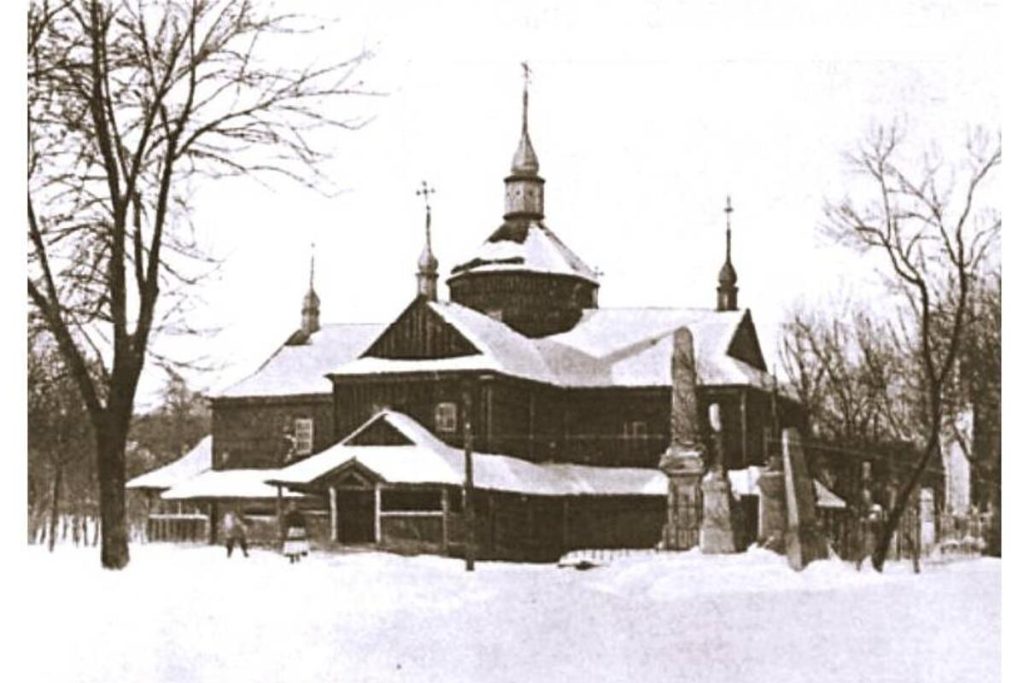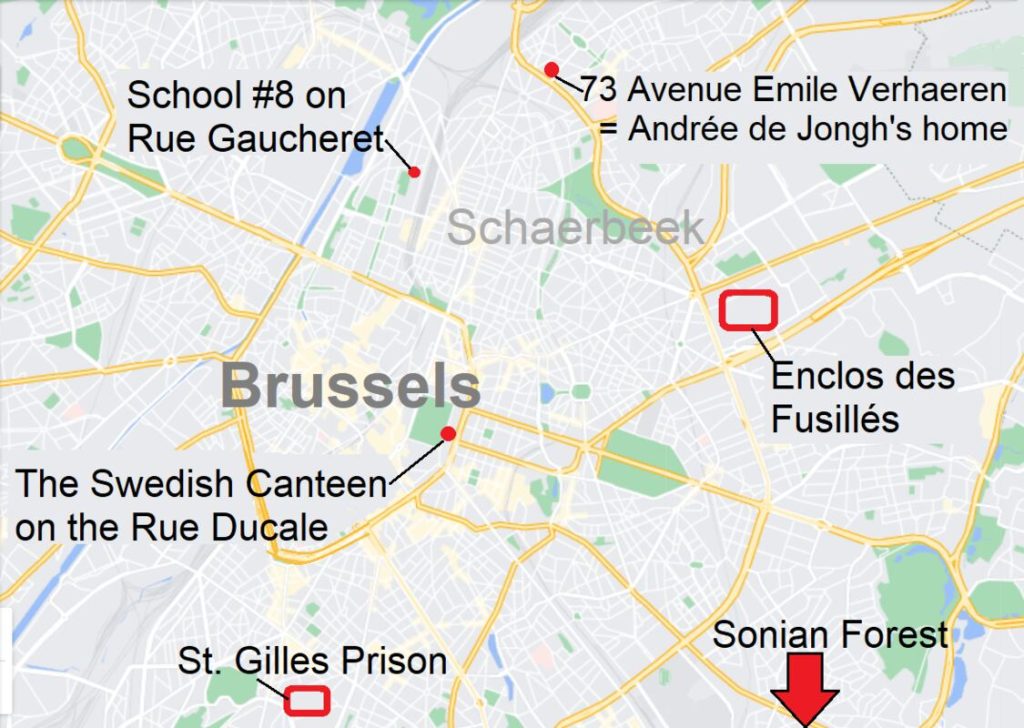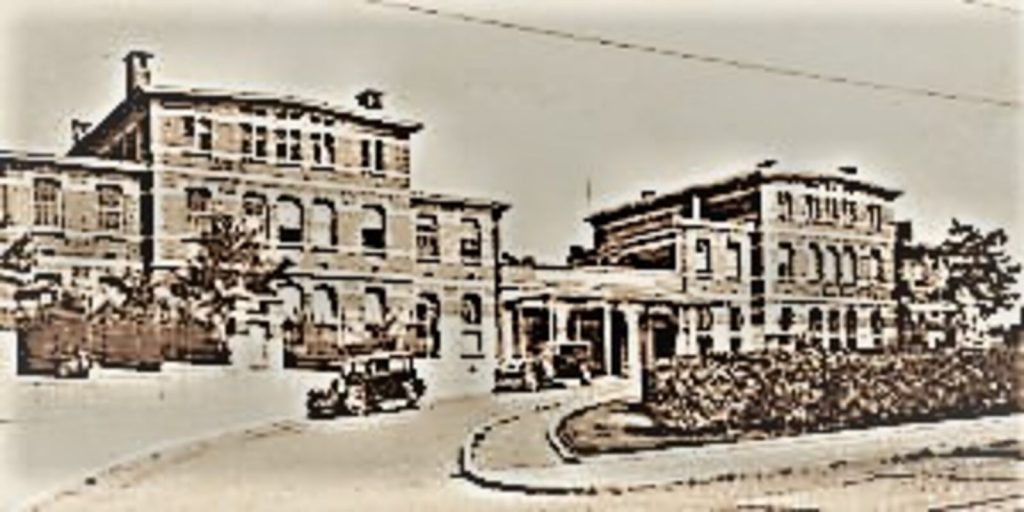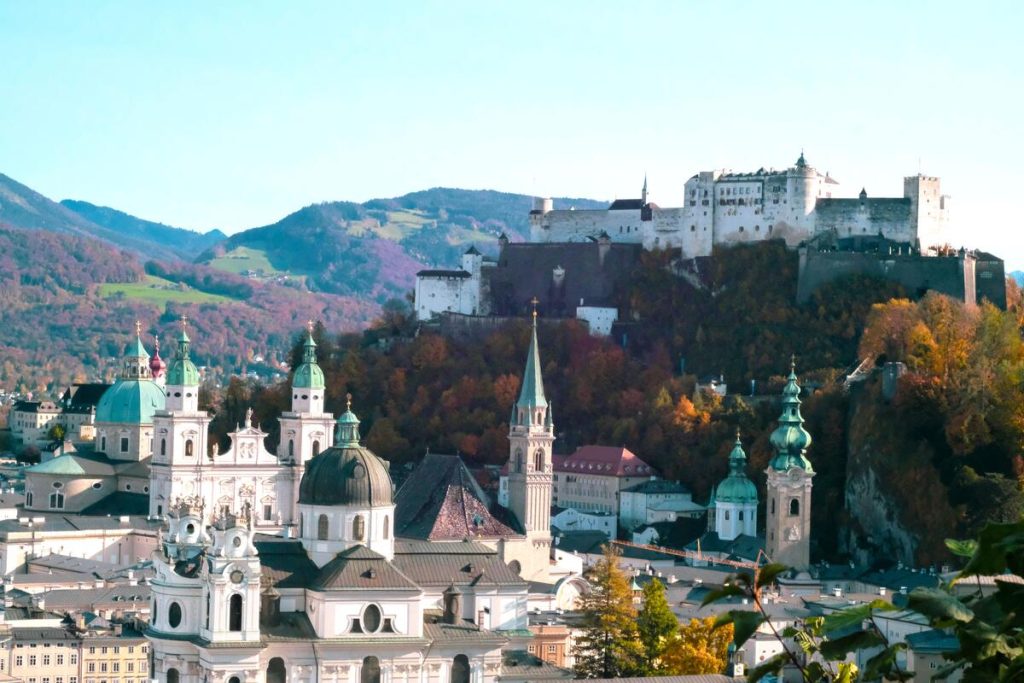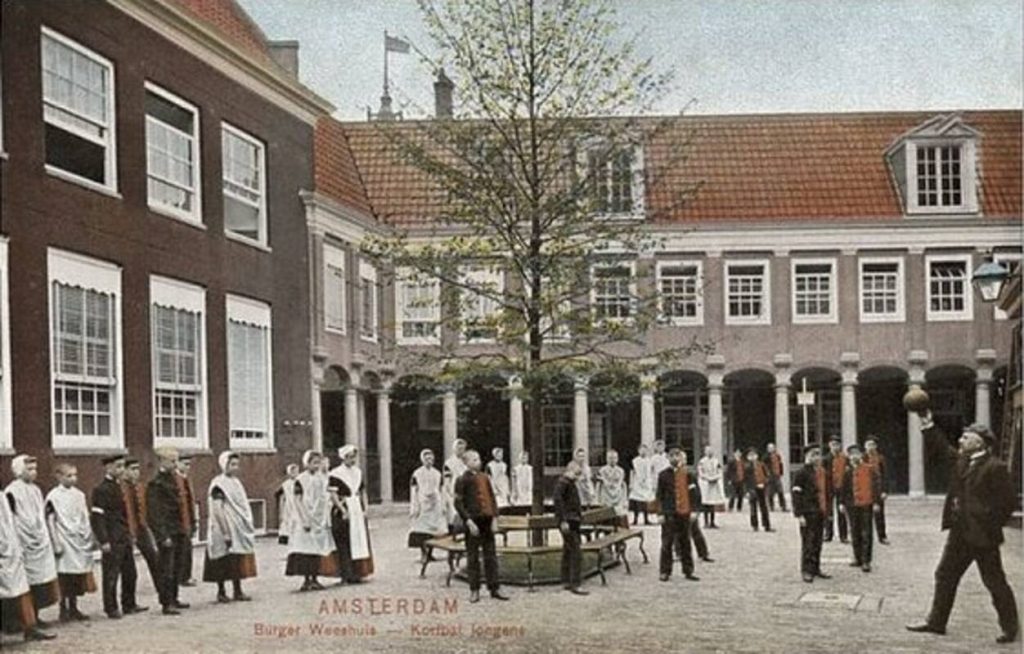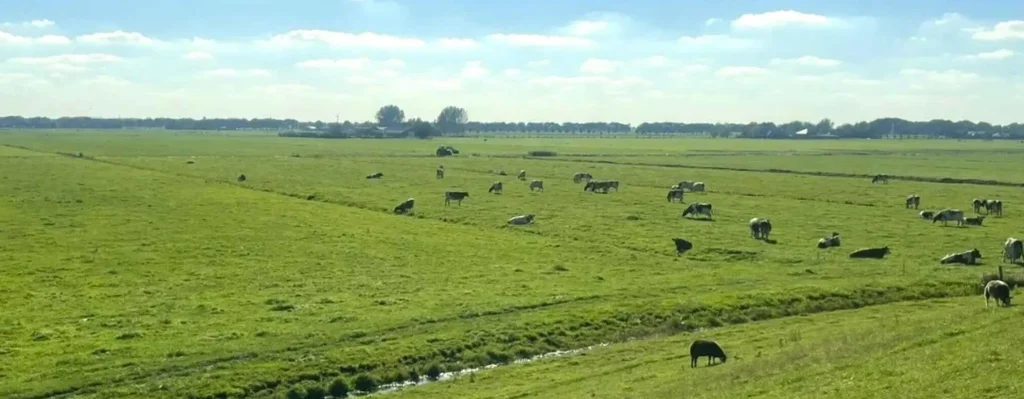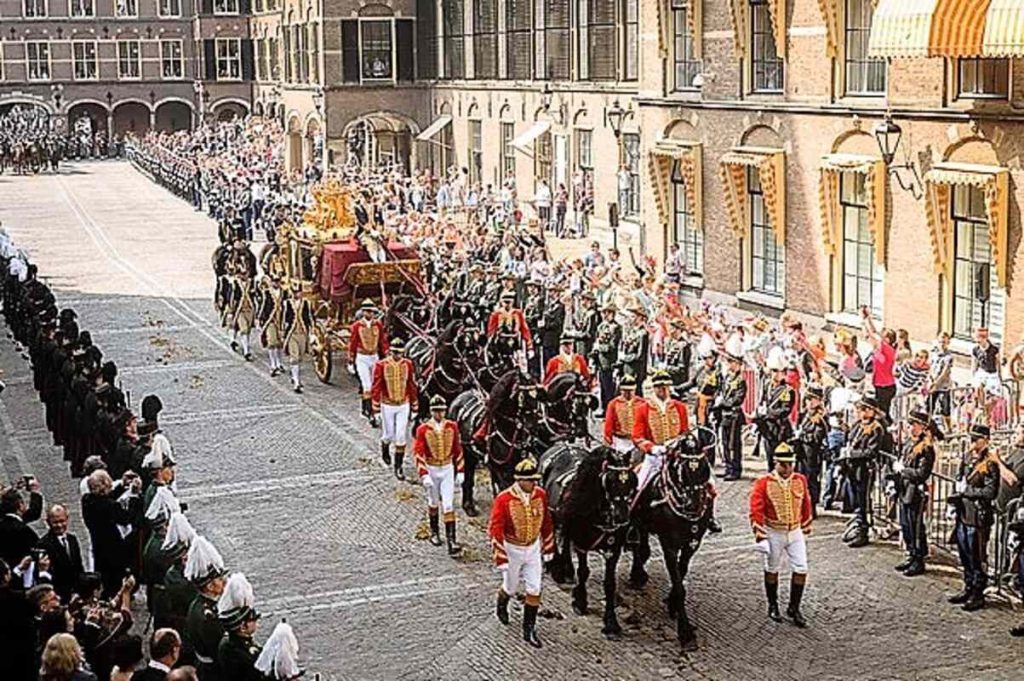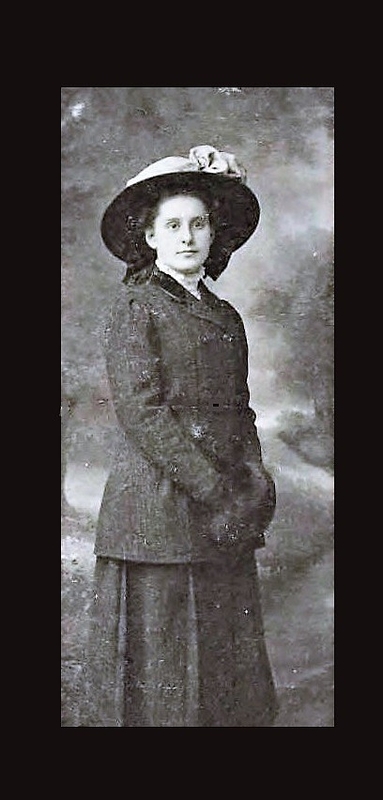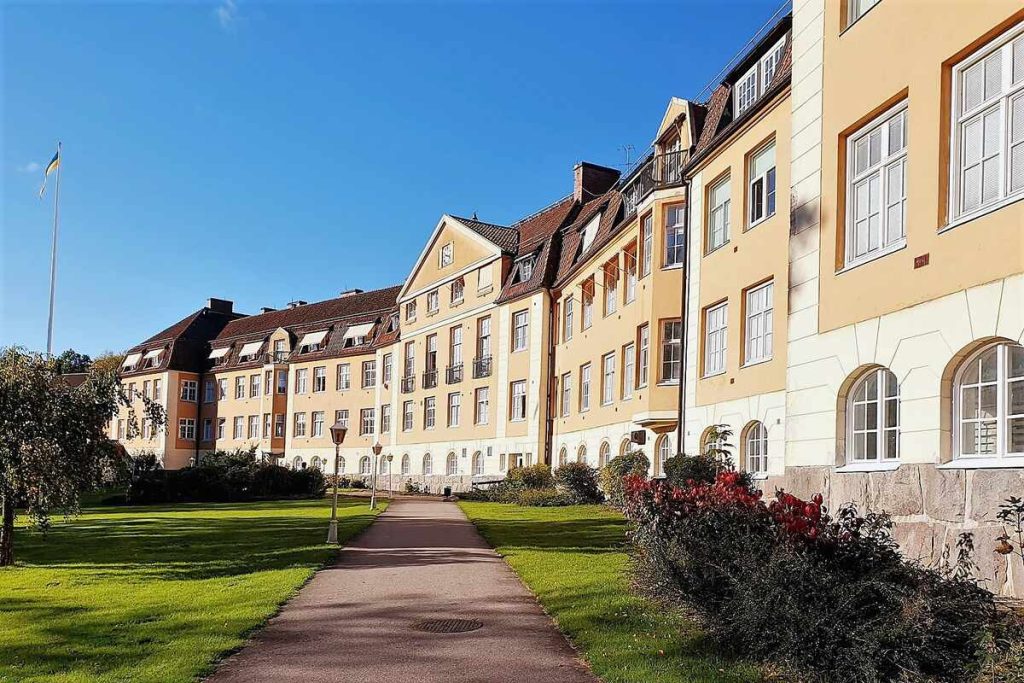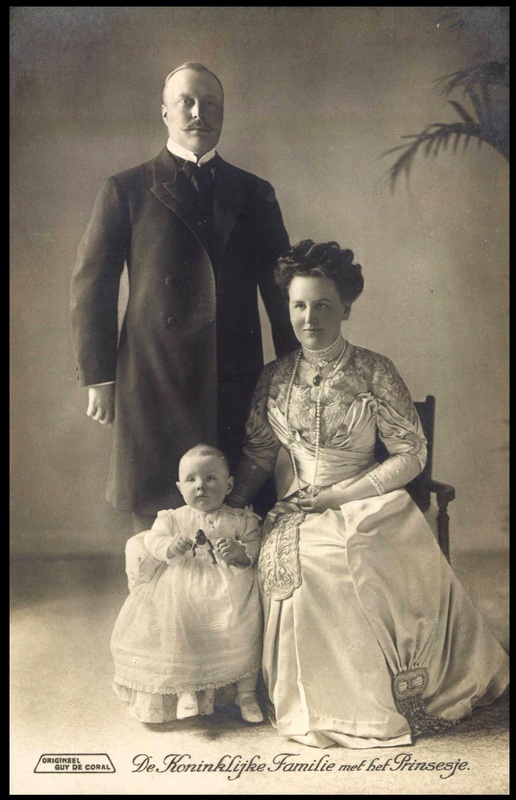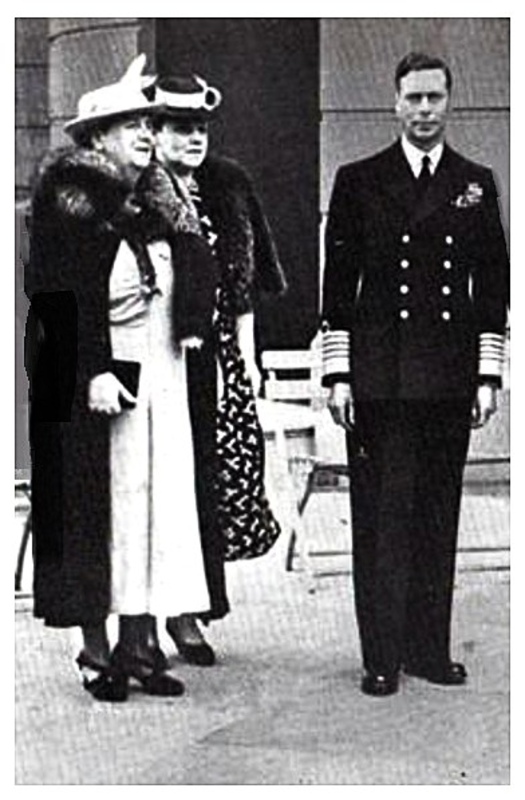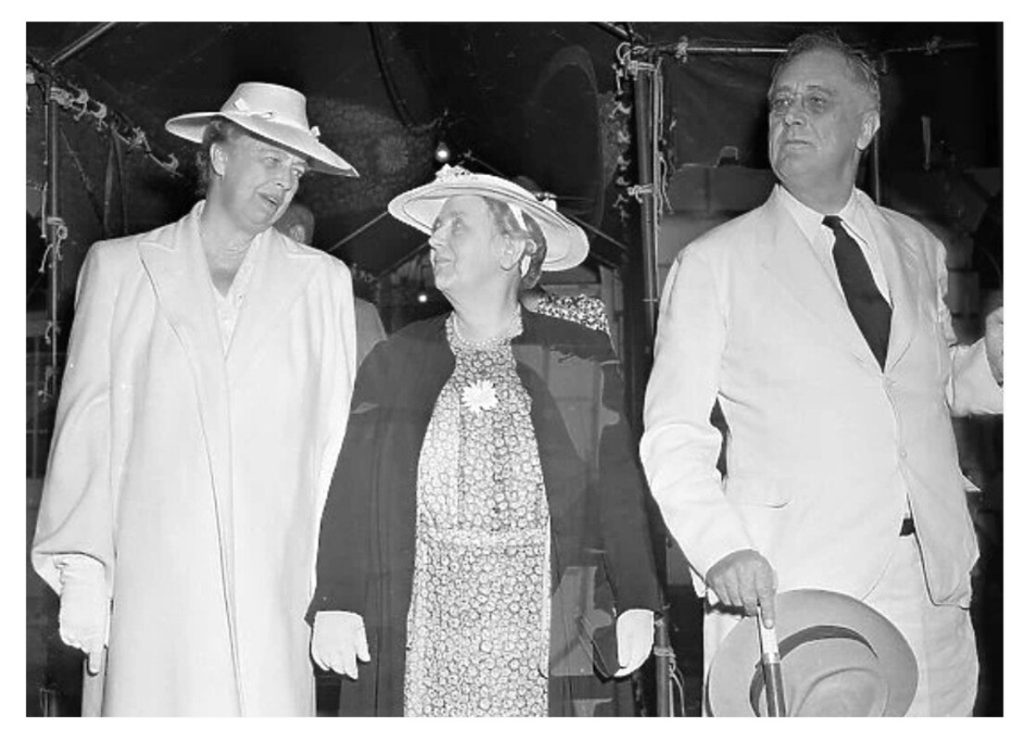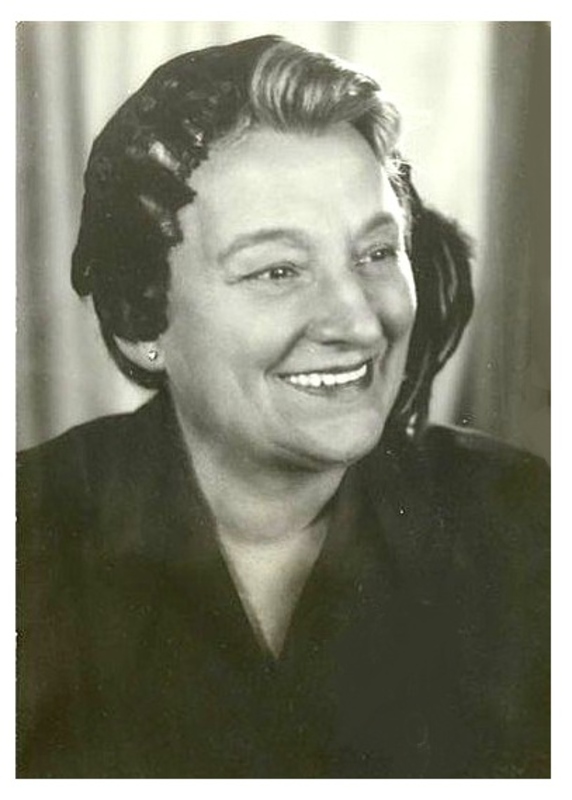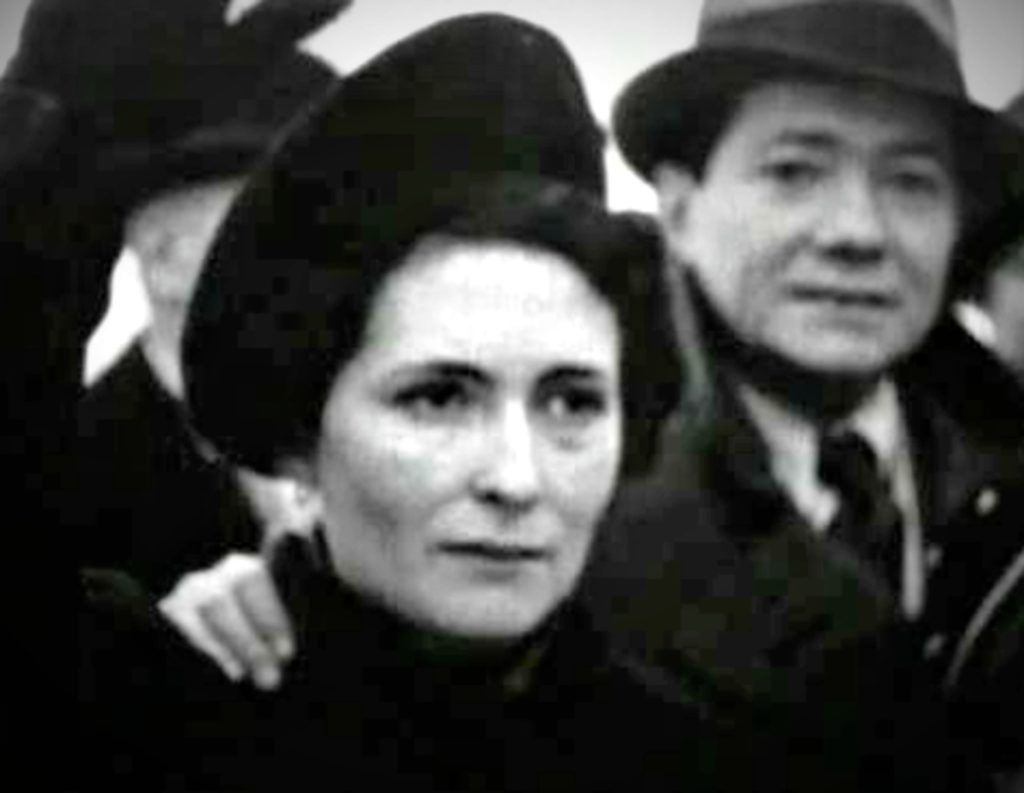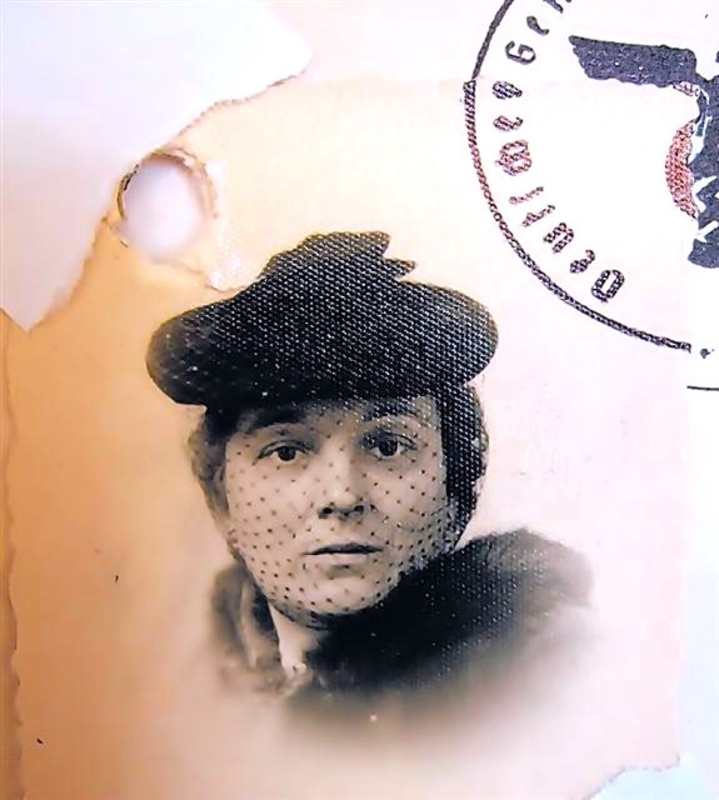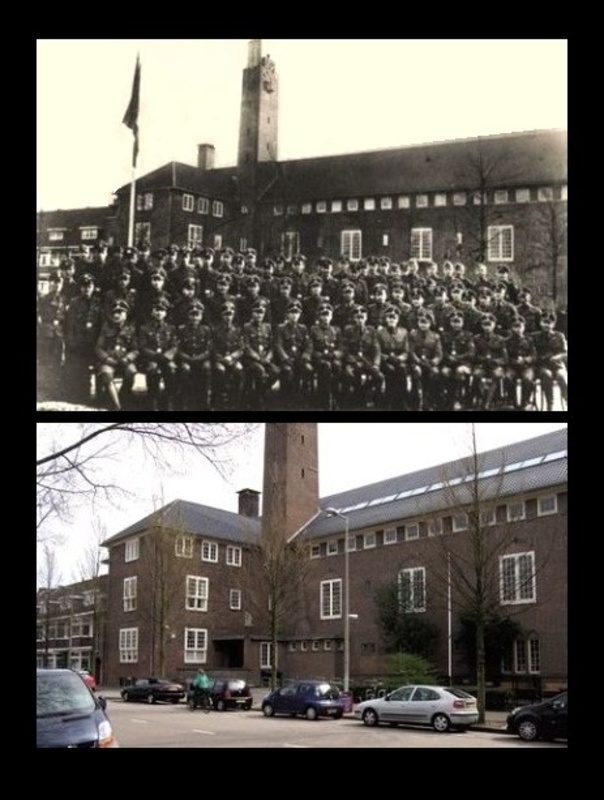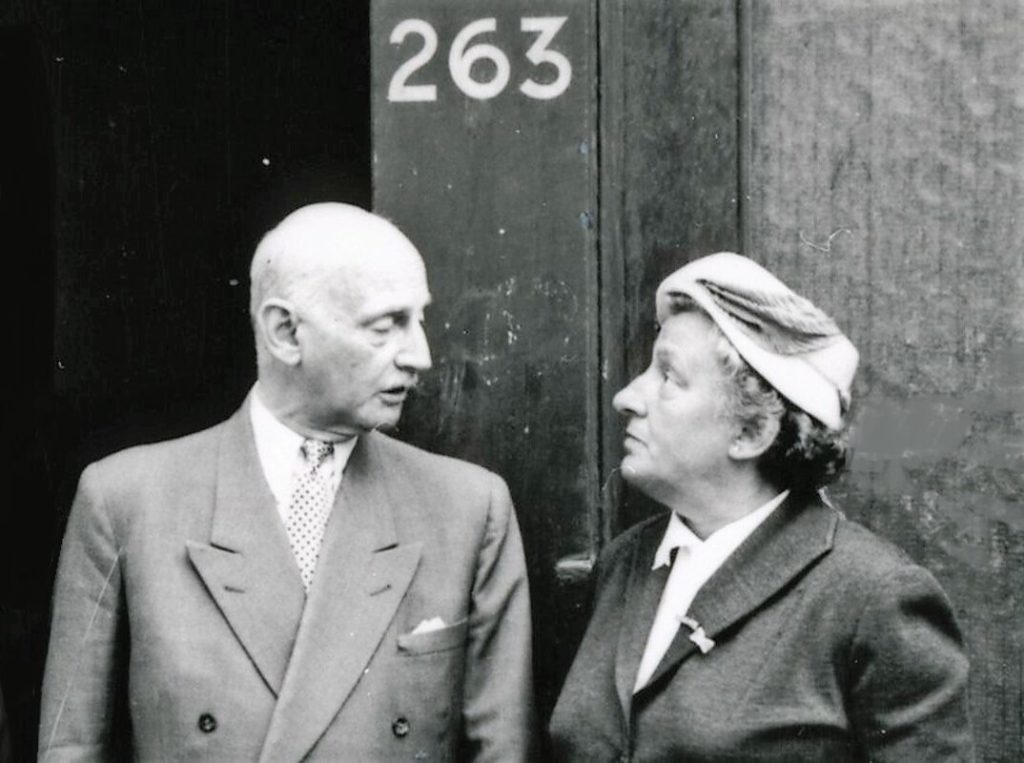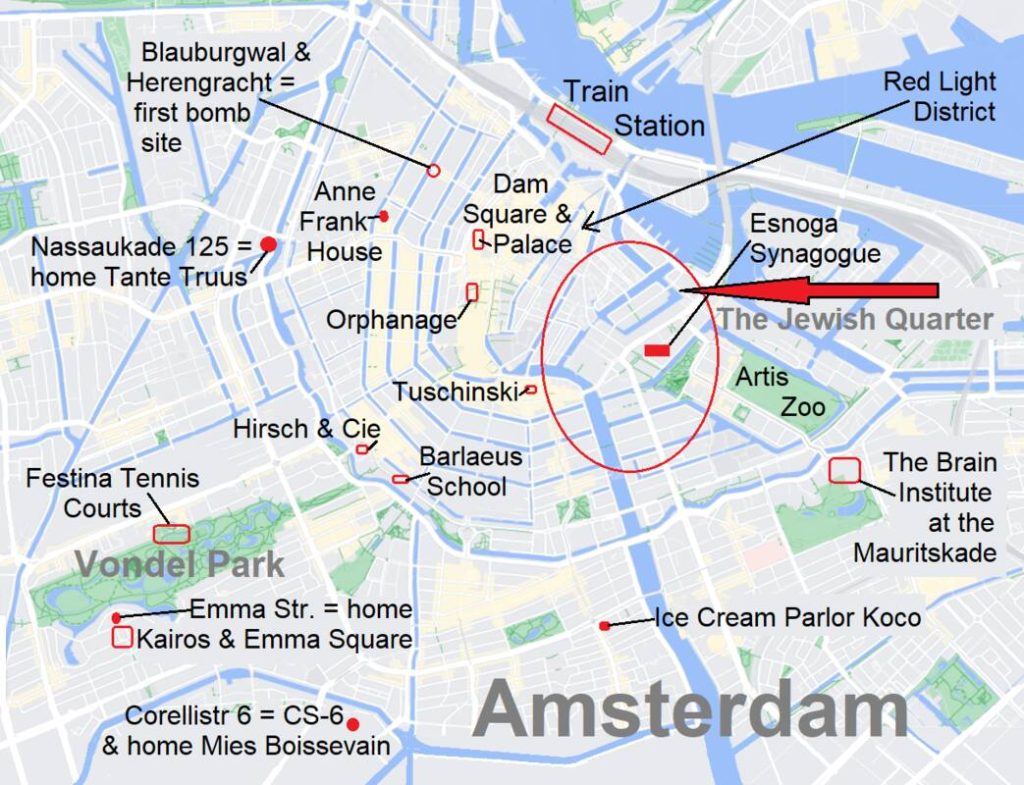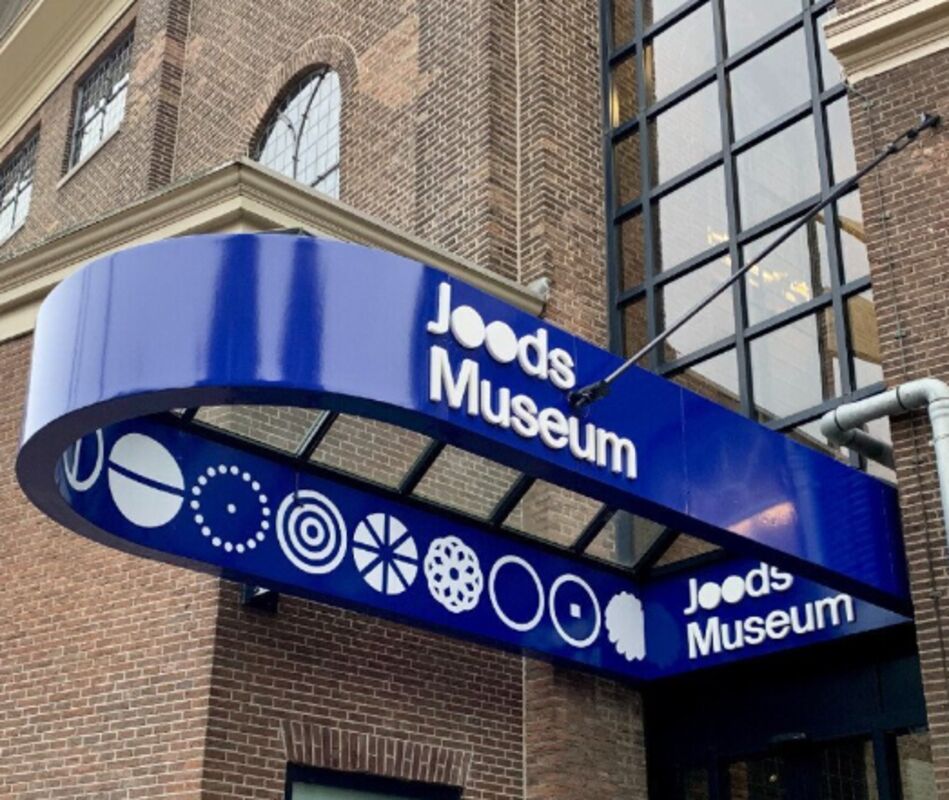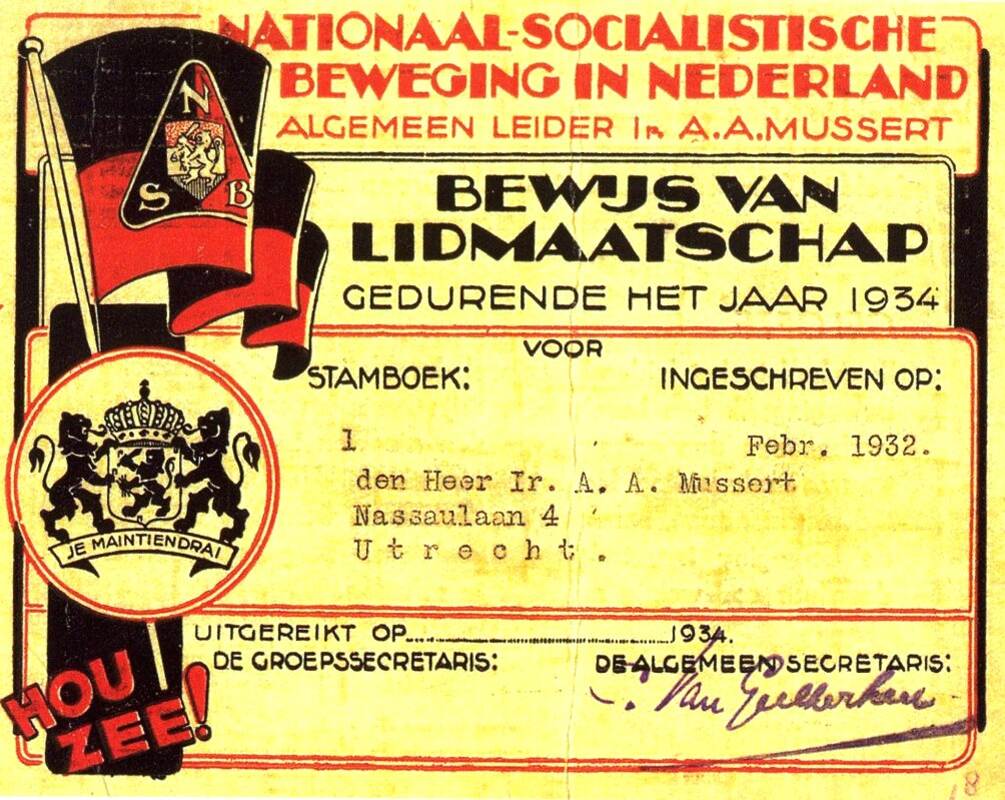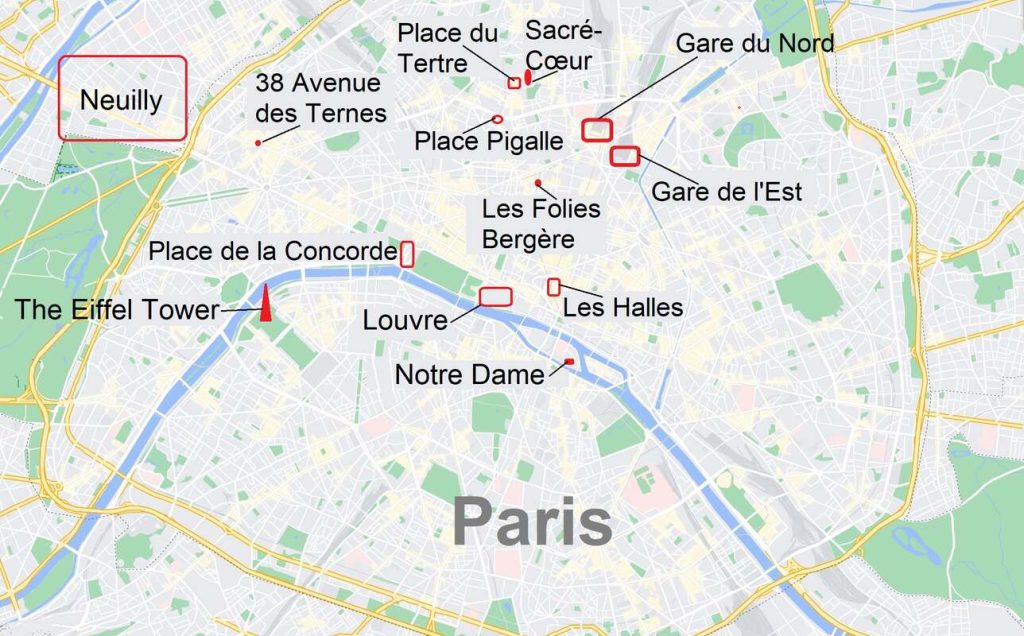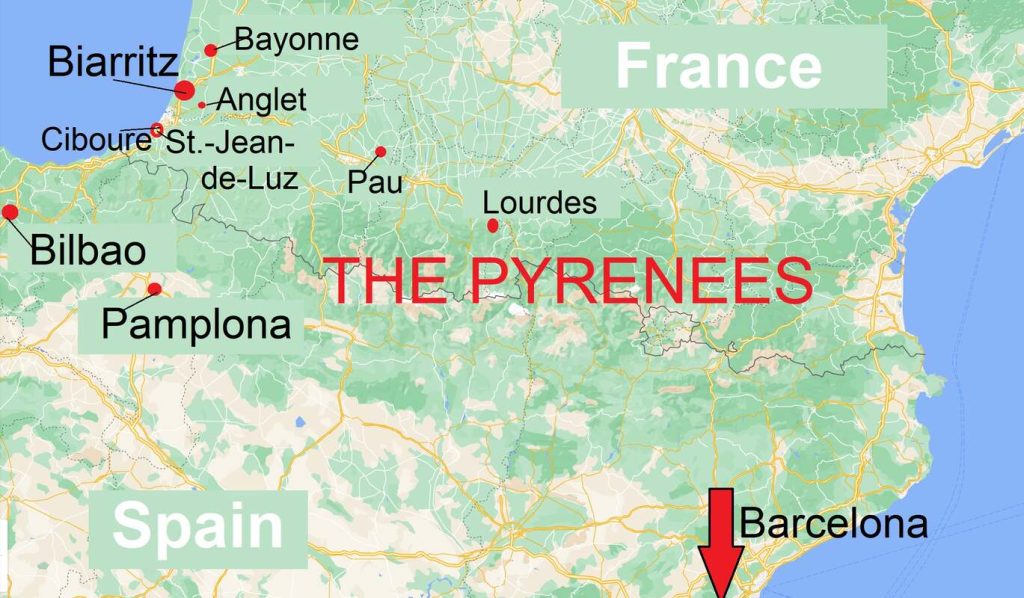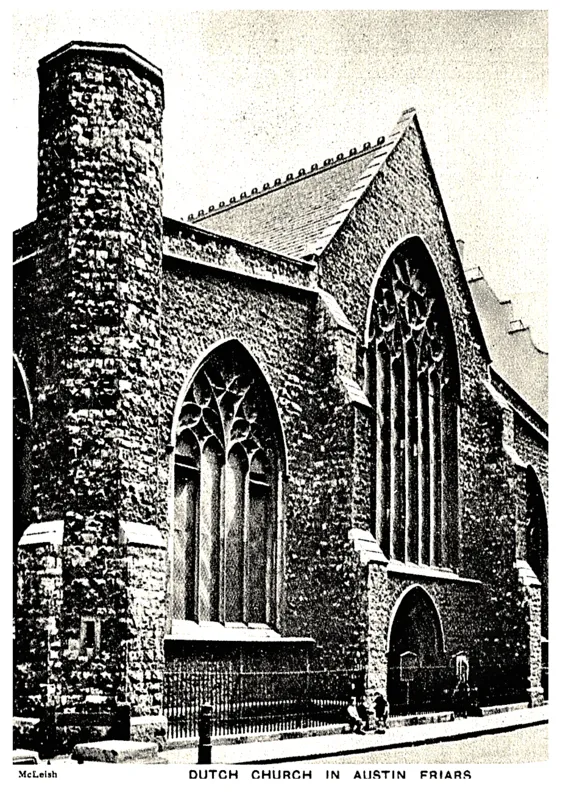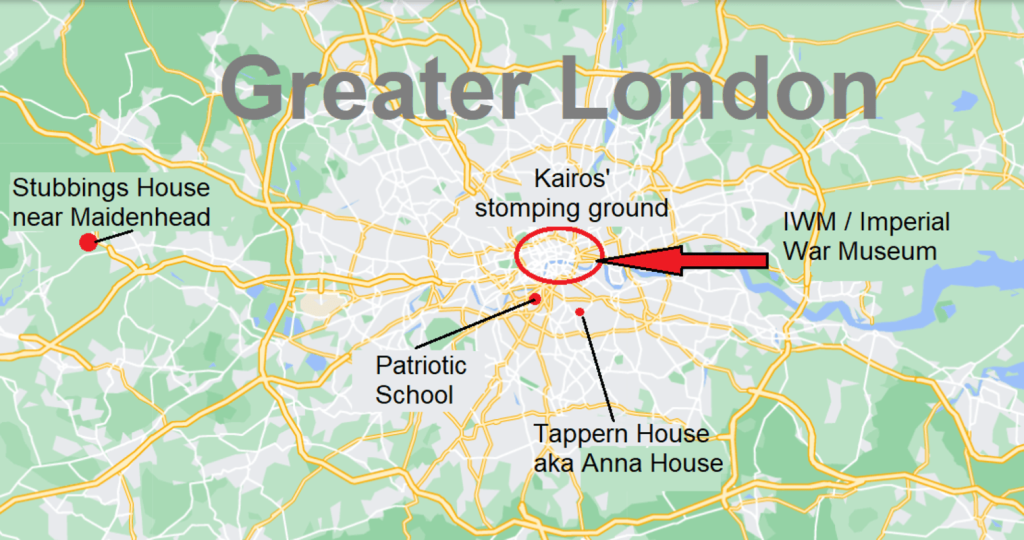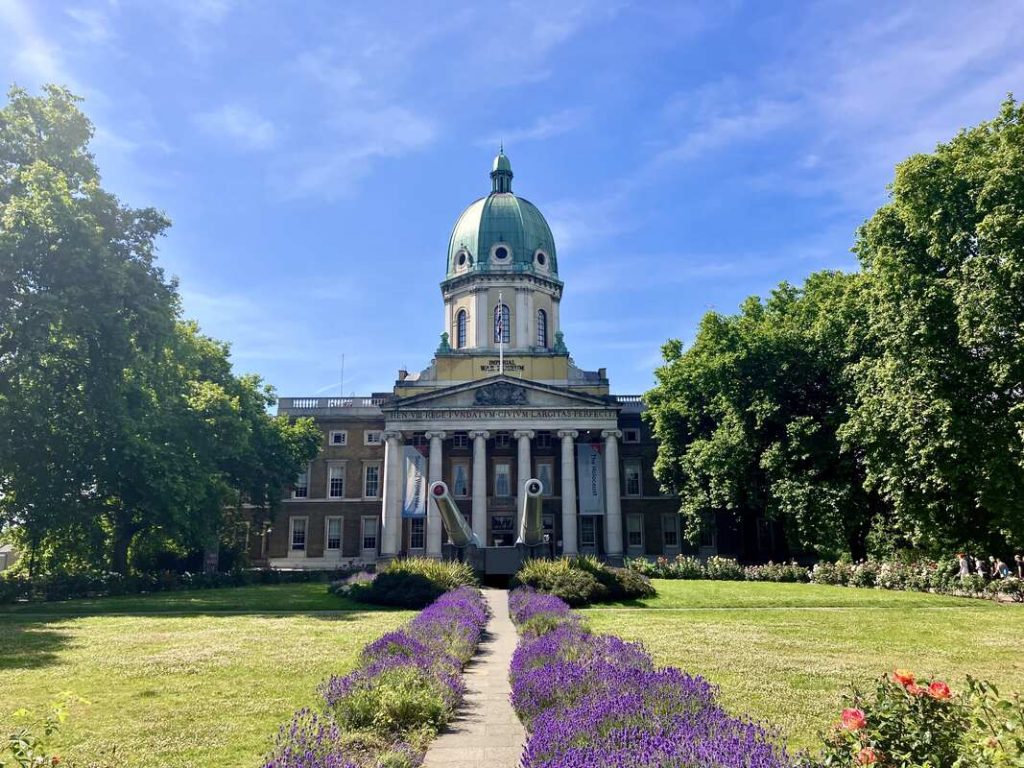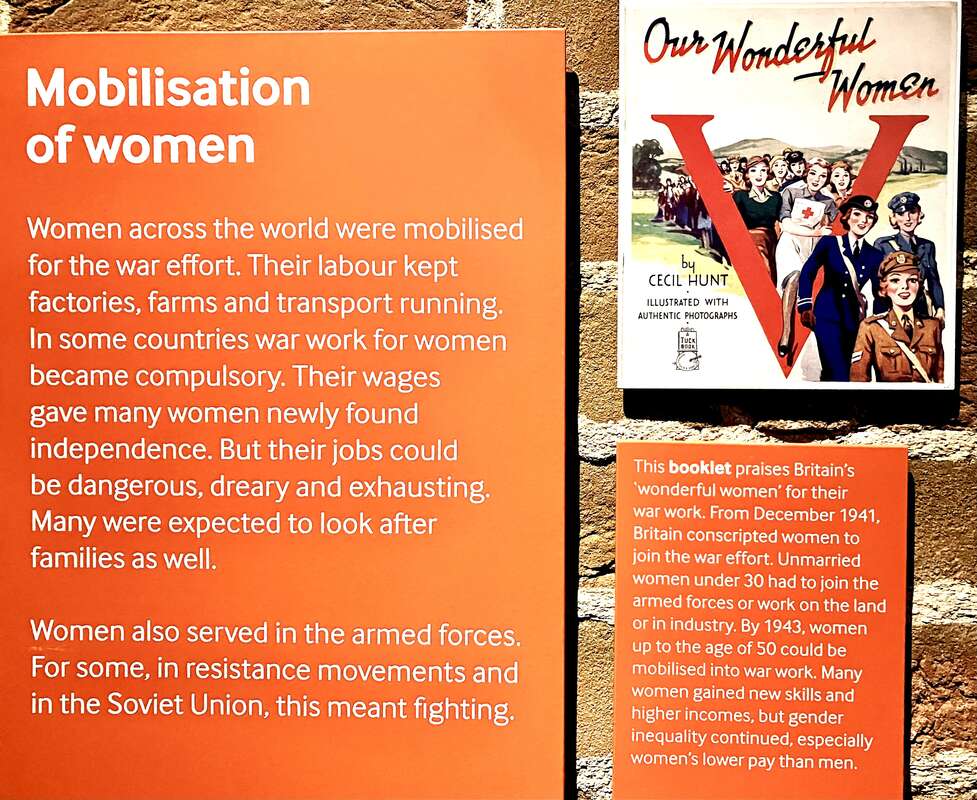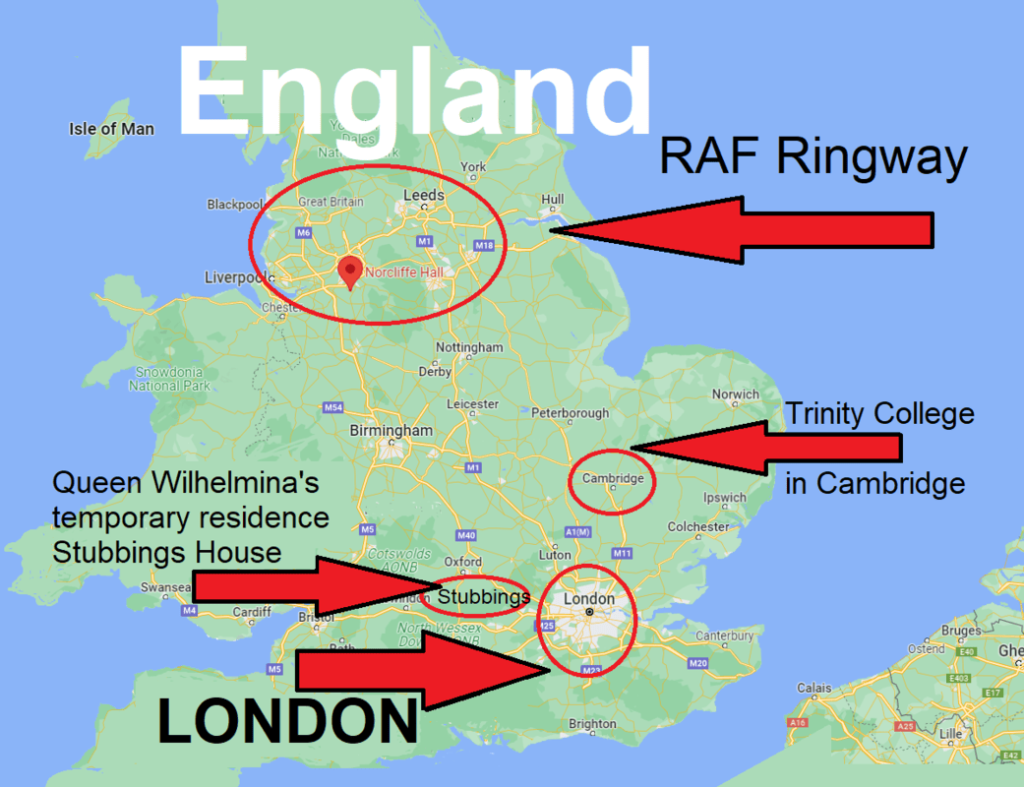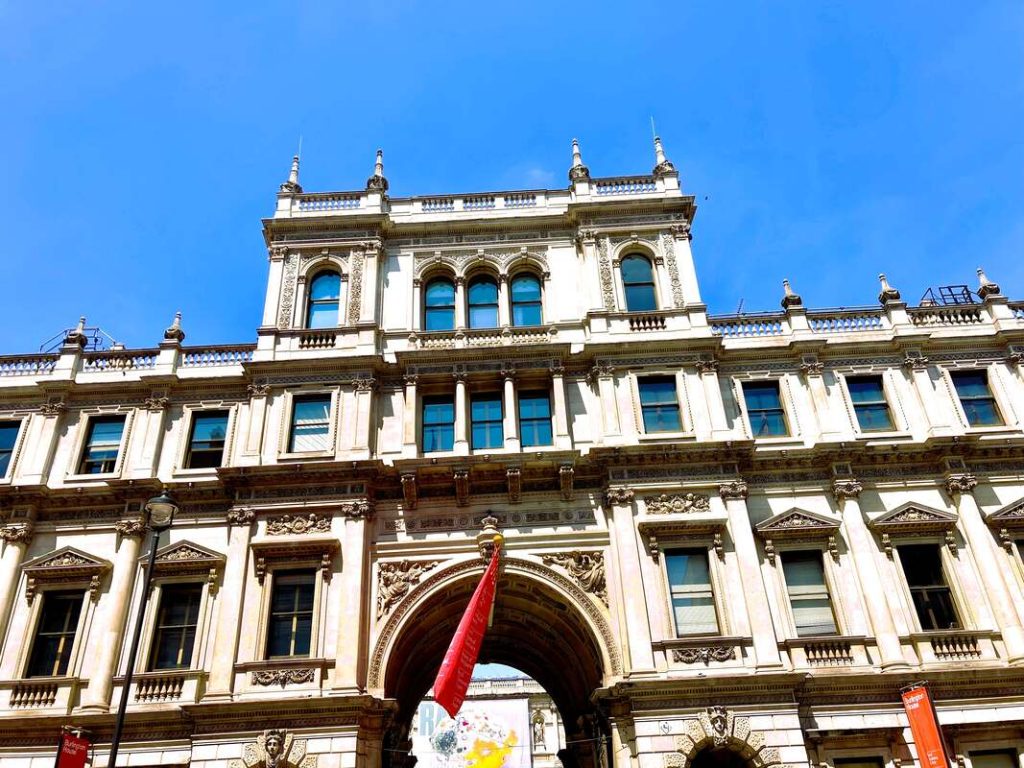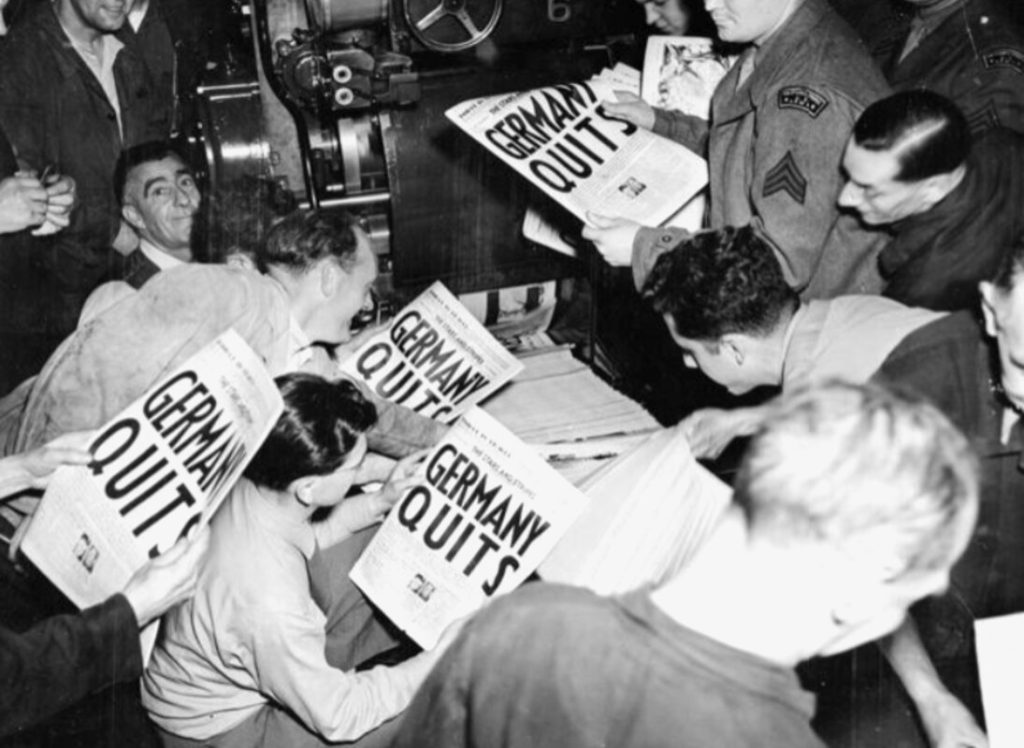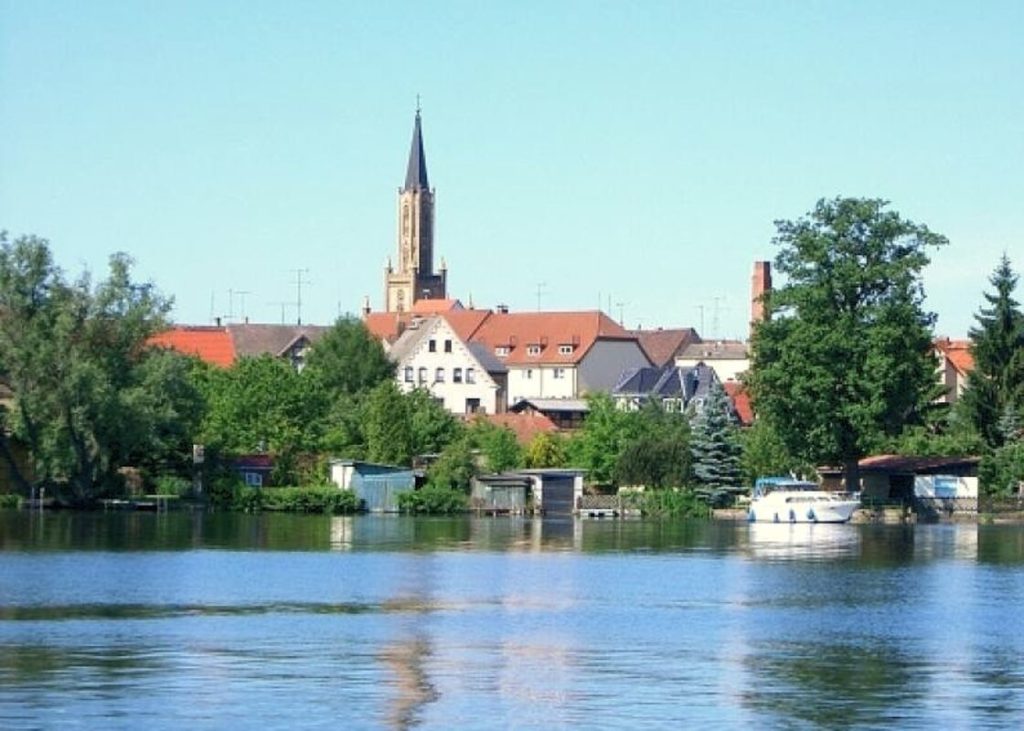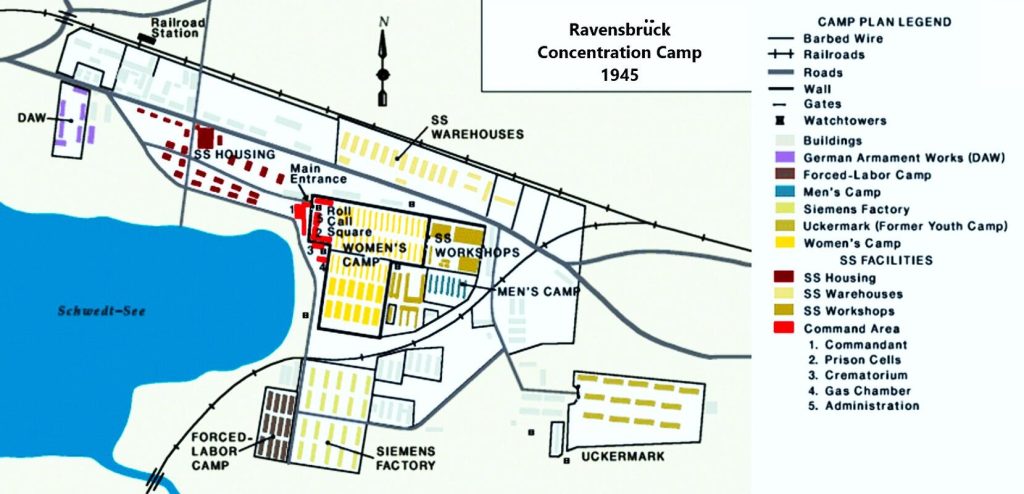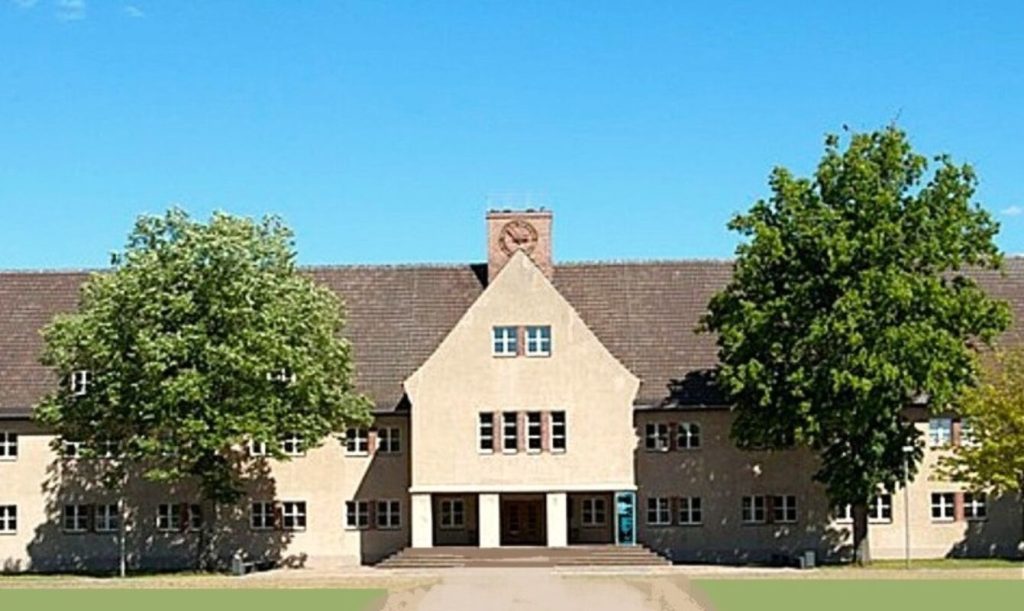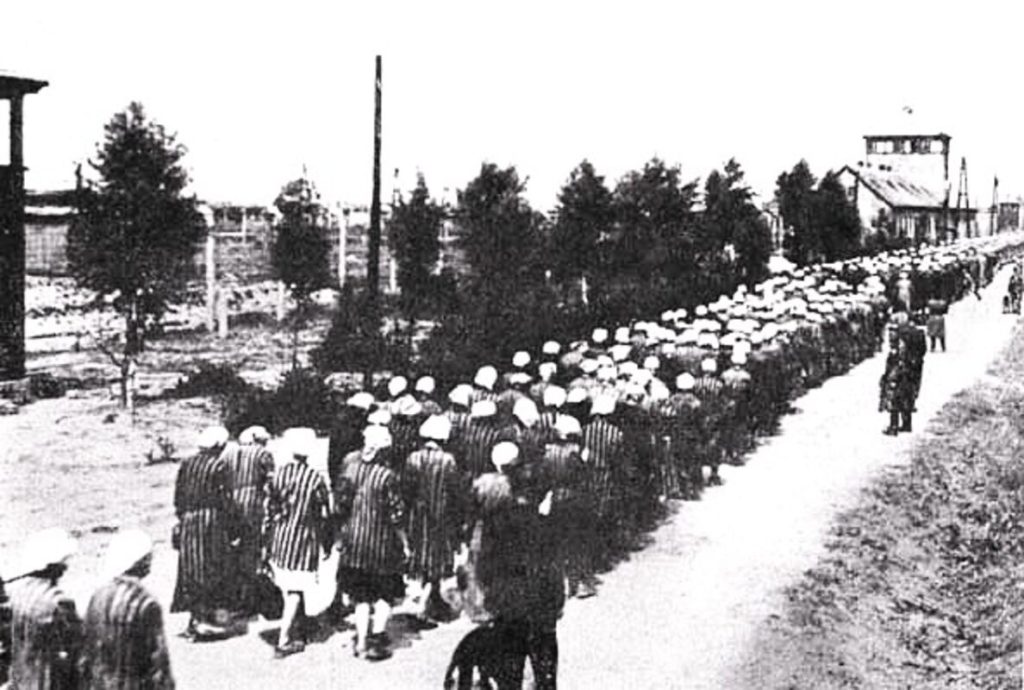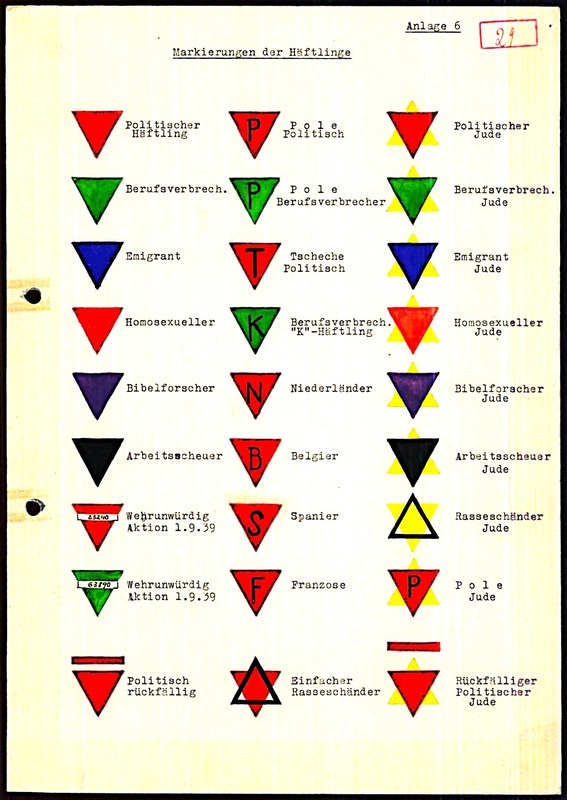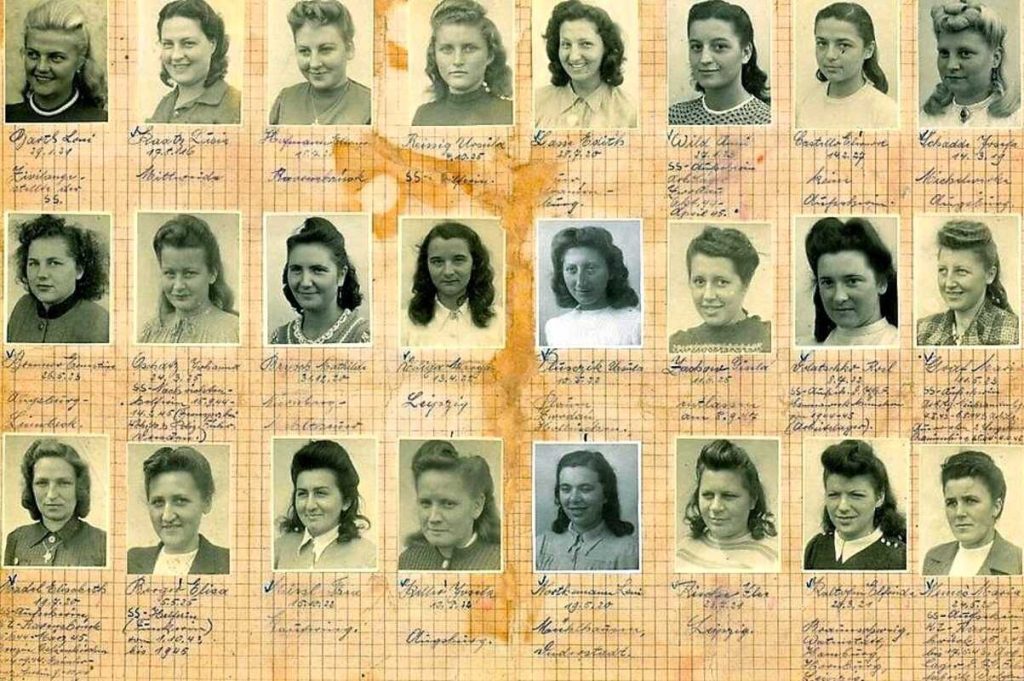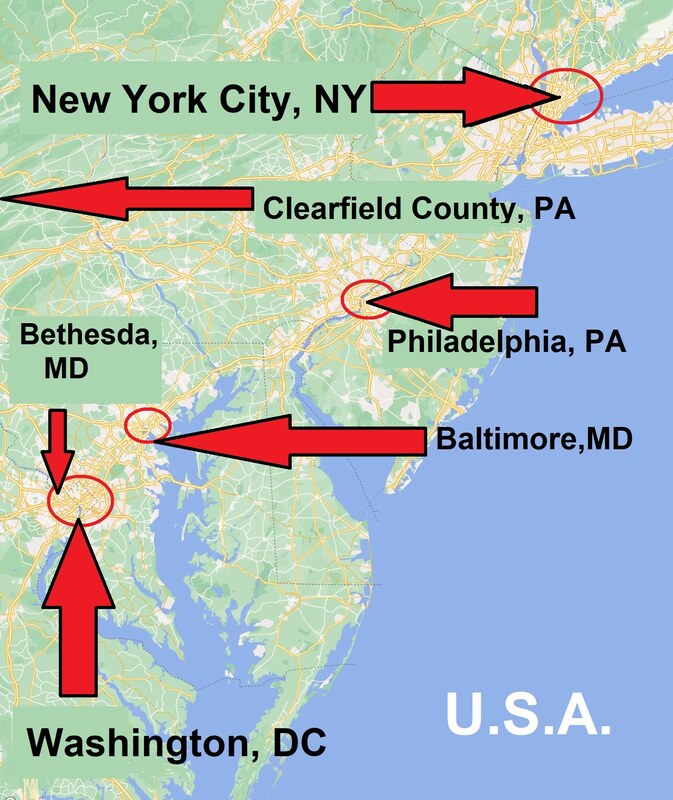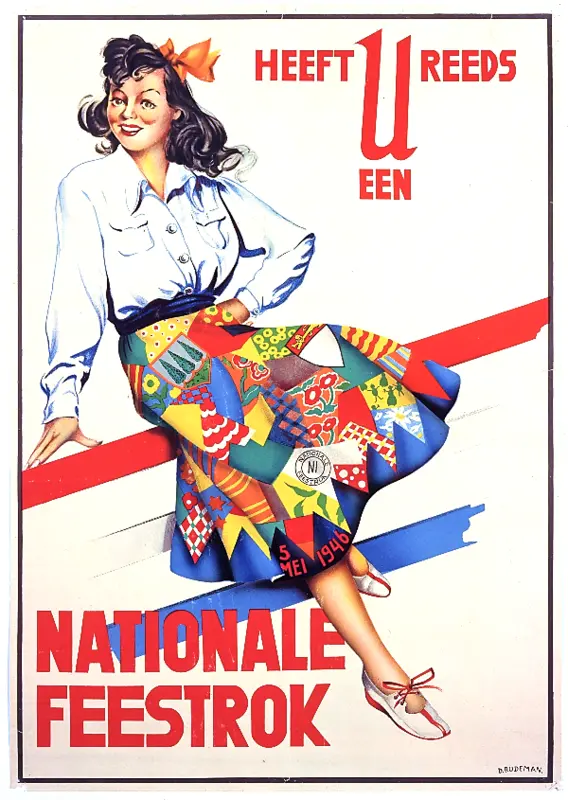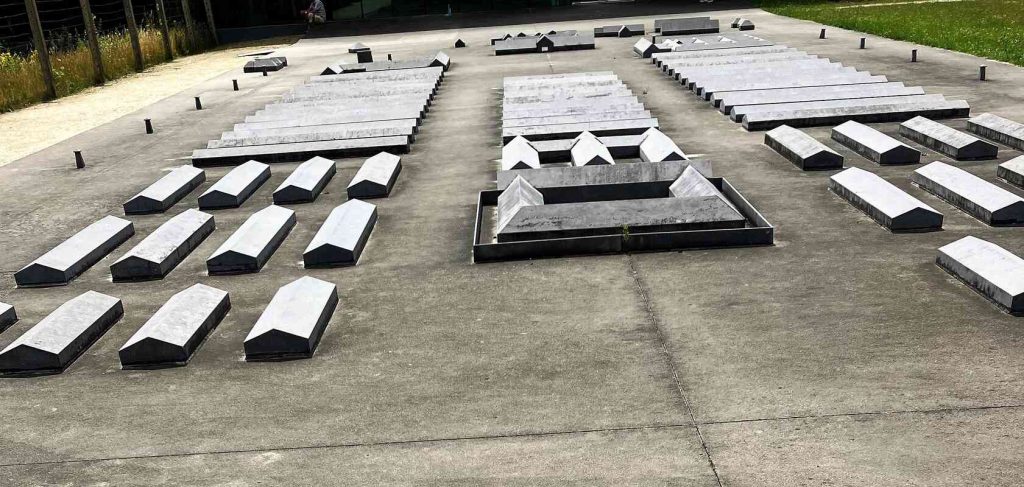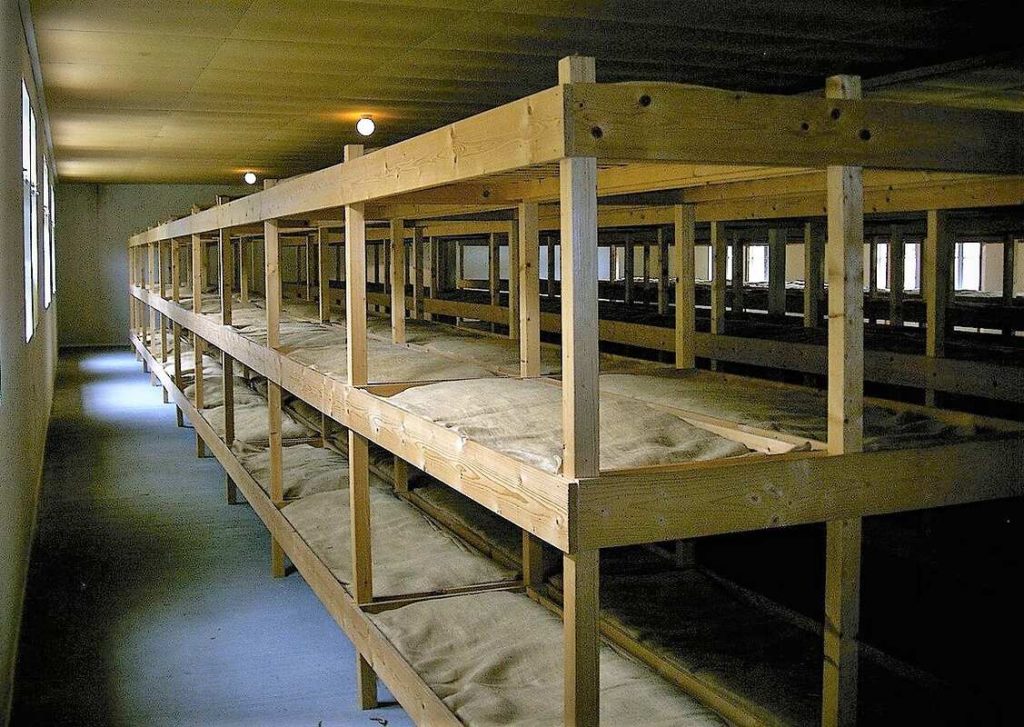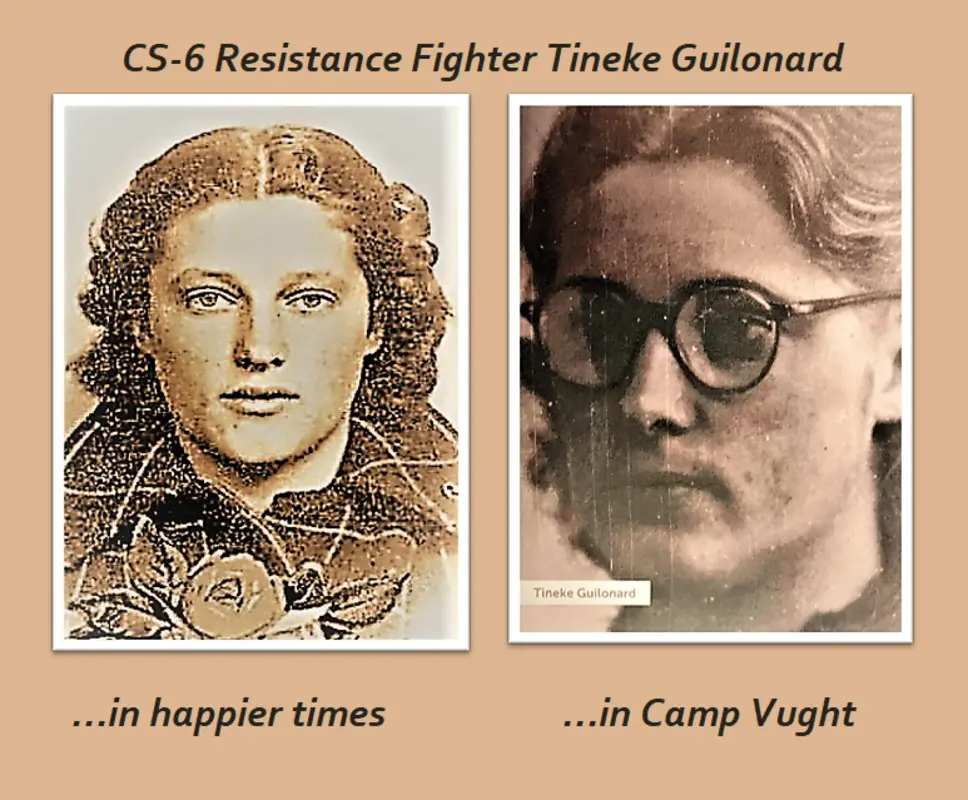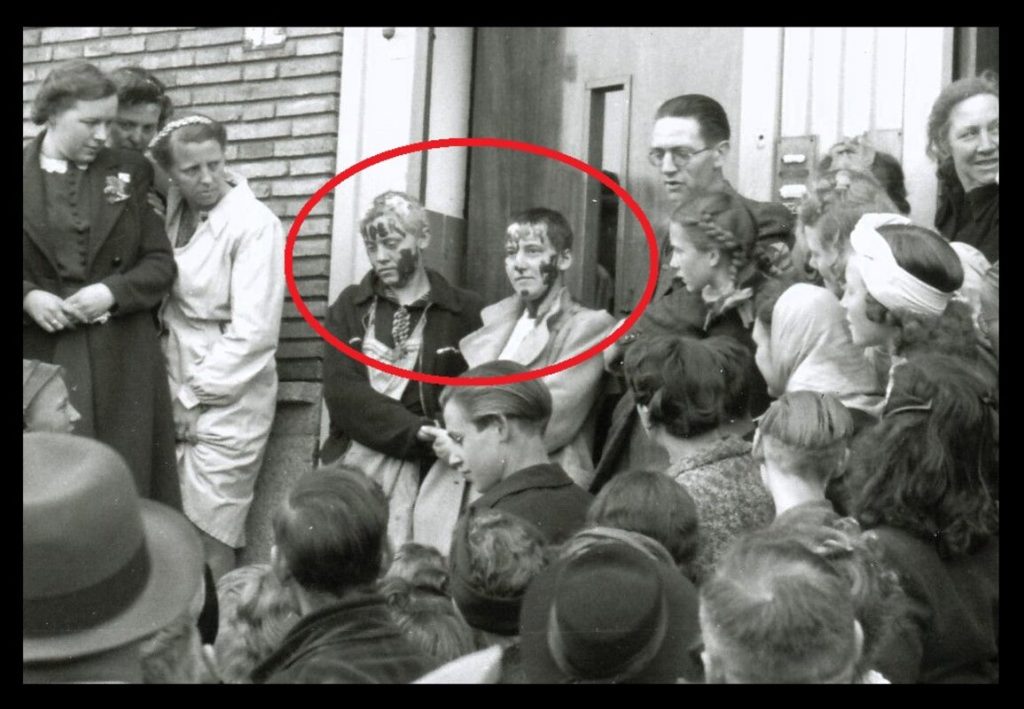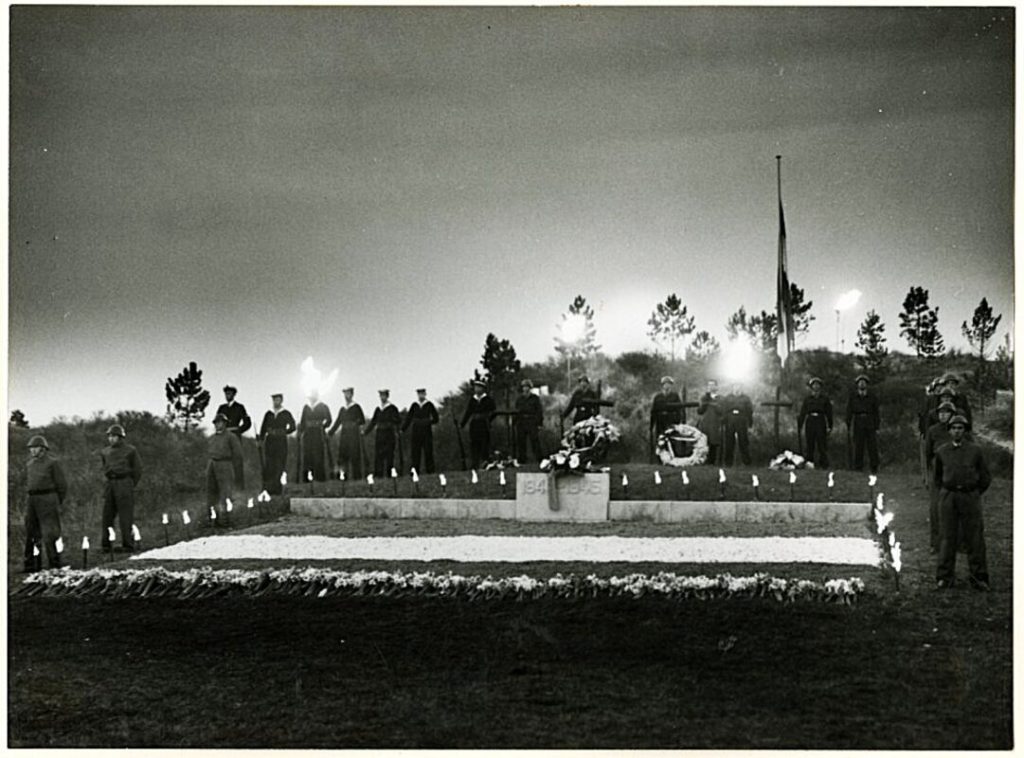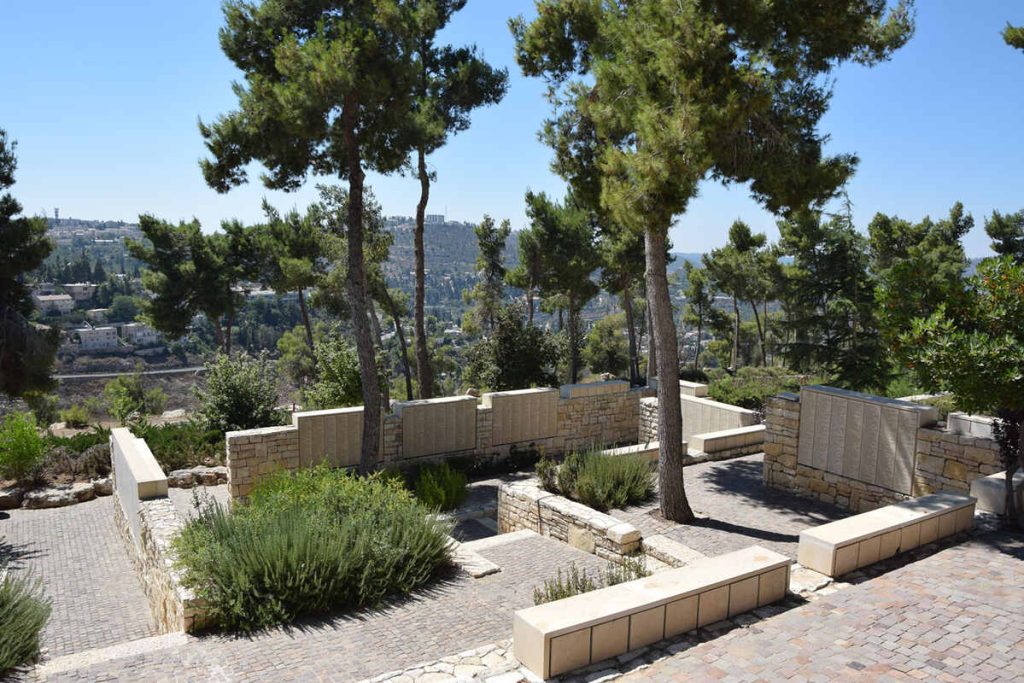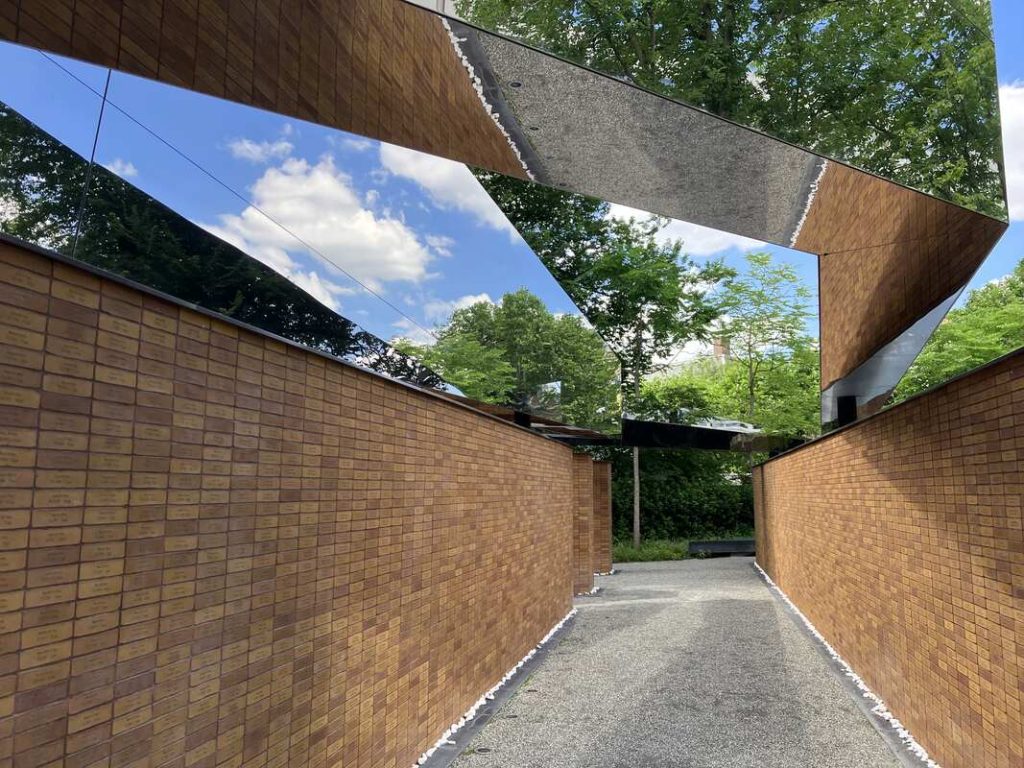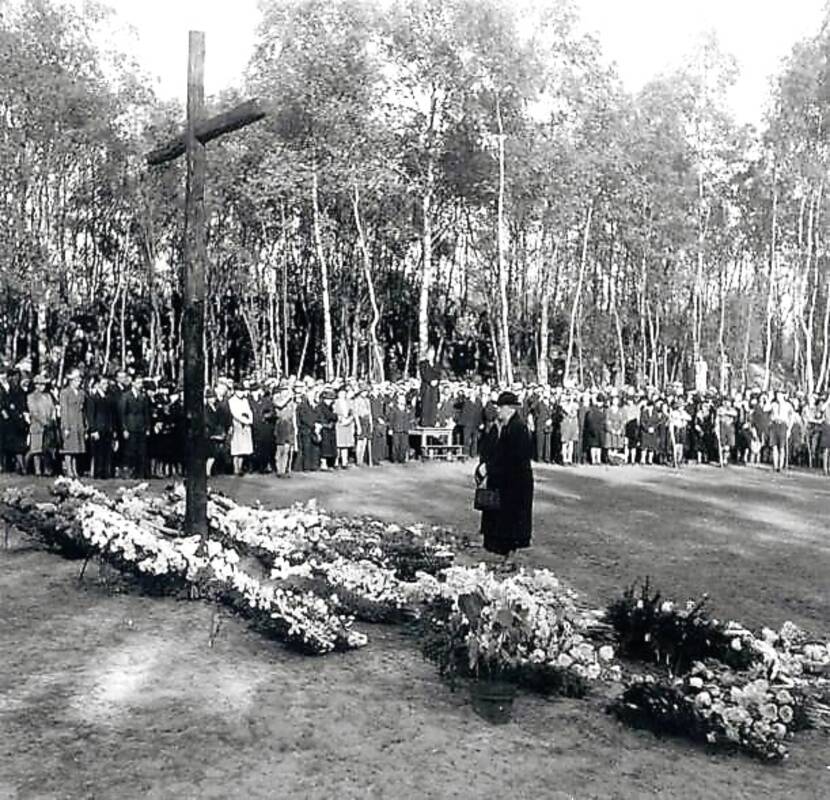AMSTERDAM – The war gets worse

Picture credit: Jorinde
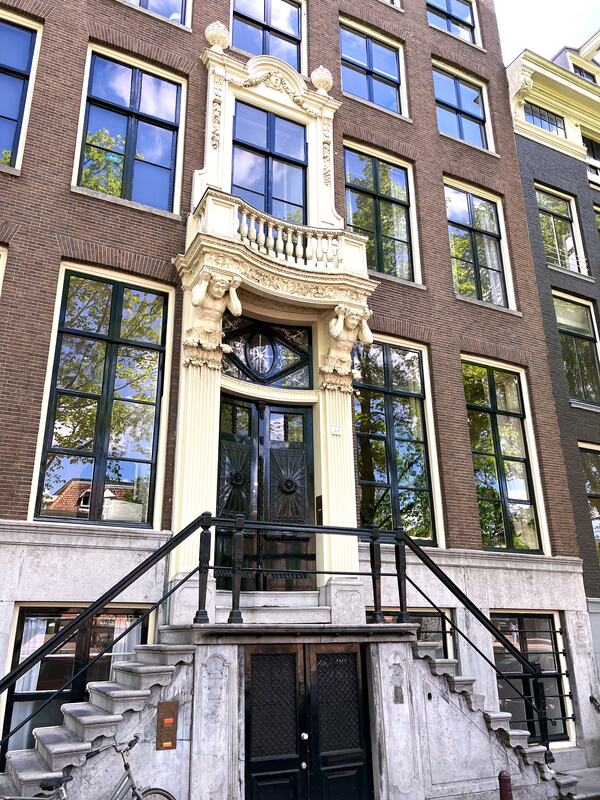
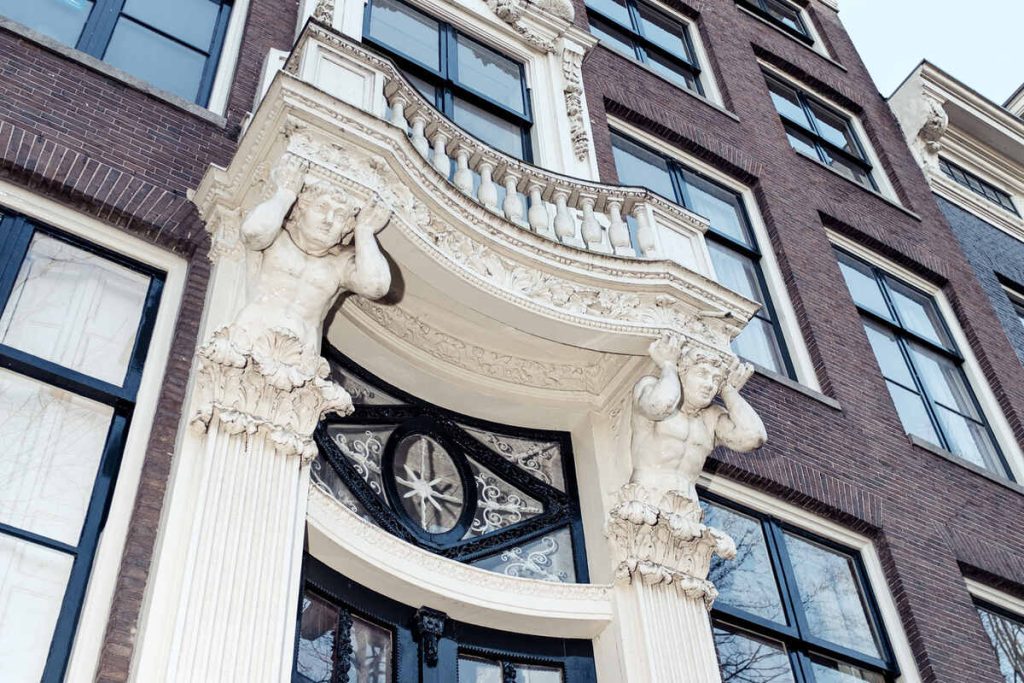
After the harassment of Jews and the riots that followed Henrik Koot’s death in February 1941, the Nazis demanded a Jewish Council be formed to that could “manage” the Jewish community. The council that was tasked among others with distributing the Star of David that Jewish citizens were now required to wear was located on Emperor’s Canal # 58. The Diamond dealer Abraham Asscher and Dr. David Cohen (from the Barlaeus School) headed the new Jewish Council which largely consisted of upper-class Jewish citizens because they thought they could negotiate with the Nazis. Soon it turned out that they were merely puppets who had become the mouthpiece of the Nazis.
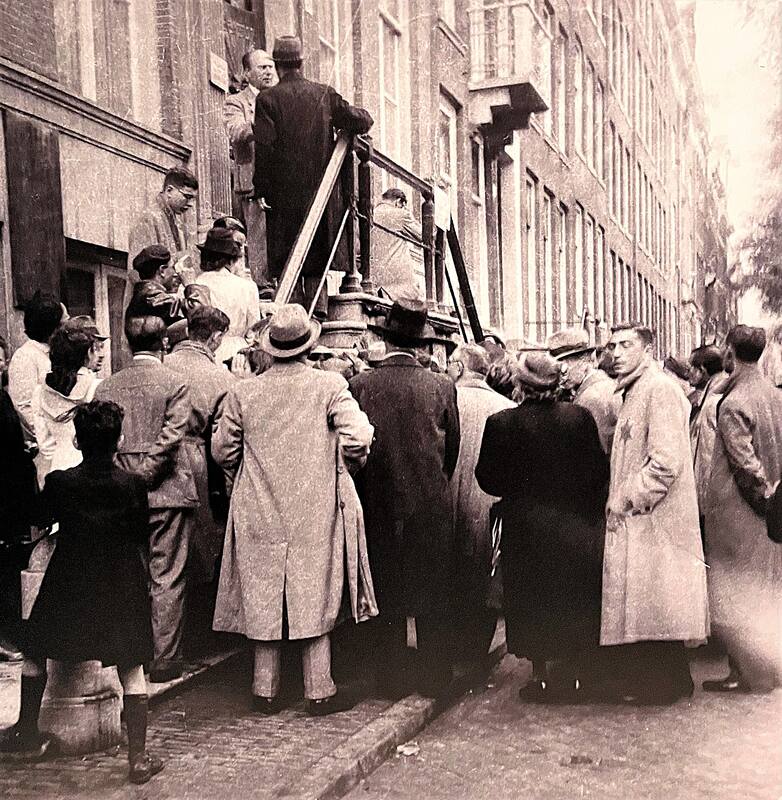
Picture credit: Unknown photographer – From display at Museum Camp Vught
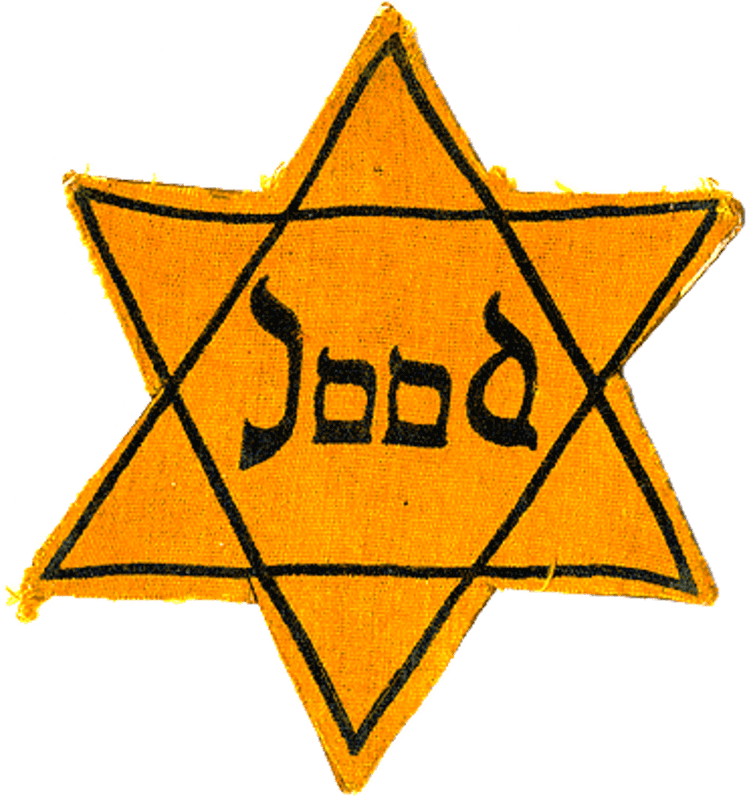
Unknown photographer
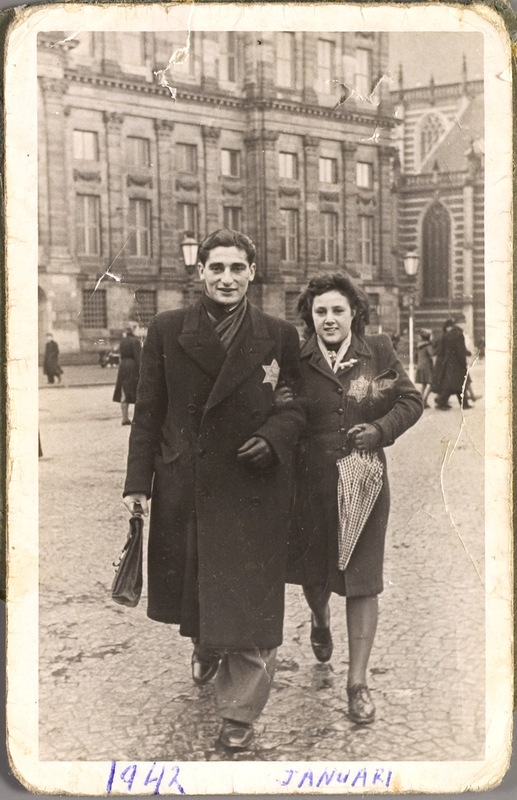
Unknown photographers

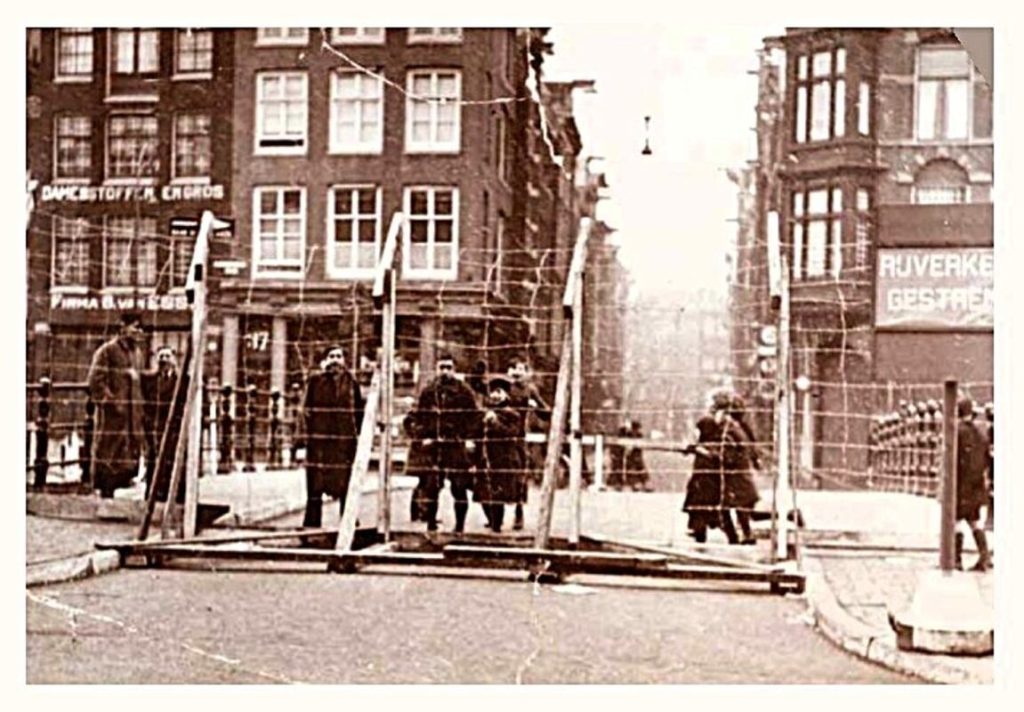
in after the February Strike
Unknown photographers
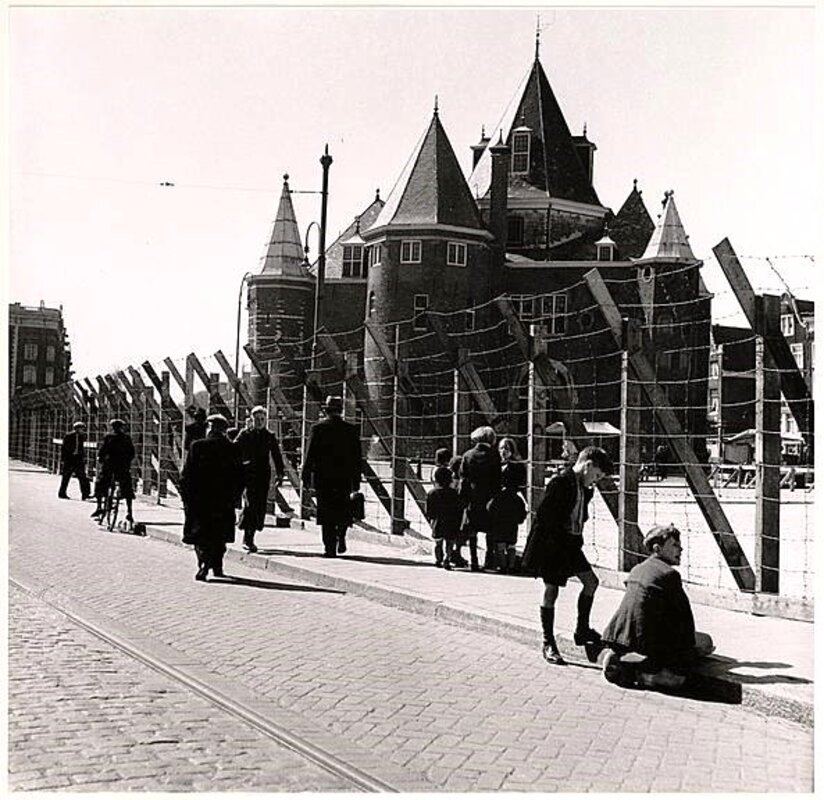
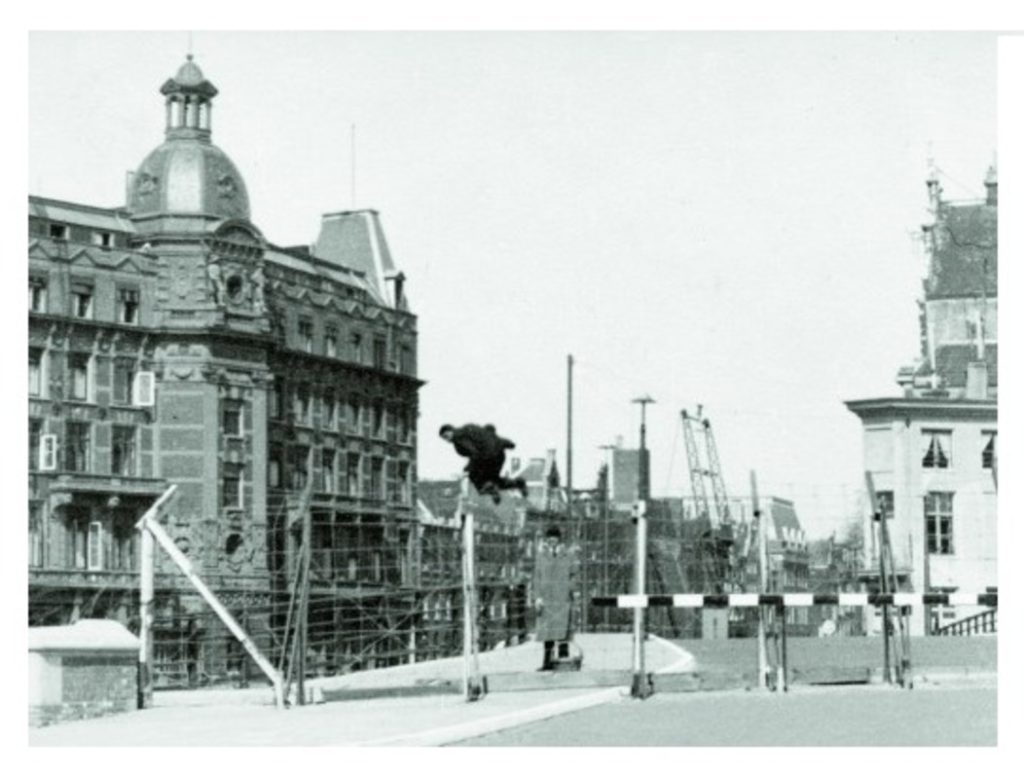
While not quite like the Jewish ghettos in Eastern Europe, the newly created “Jewish Quarter” was a ghetto of sorts –be it less permanent.

Unknown photographer
The Holland Theater had been turned into a gathering point for Jewish citizens who were put in tramways taking them to the train station. From there, they were transported to the various death camps.
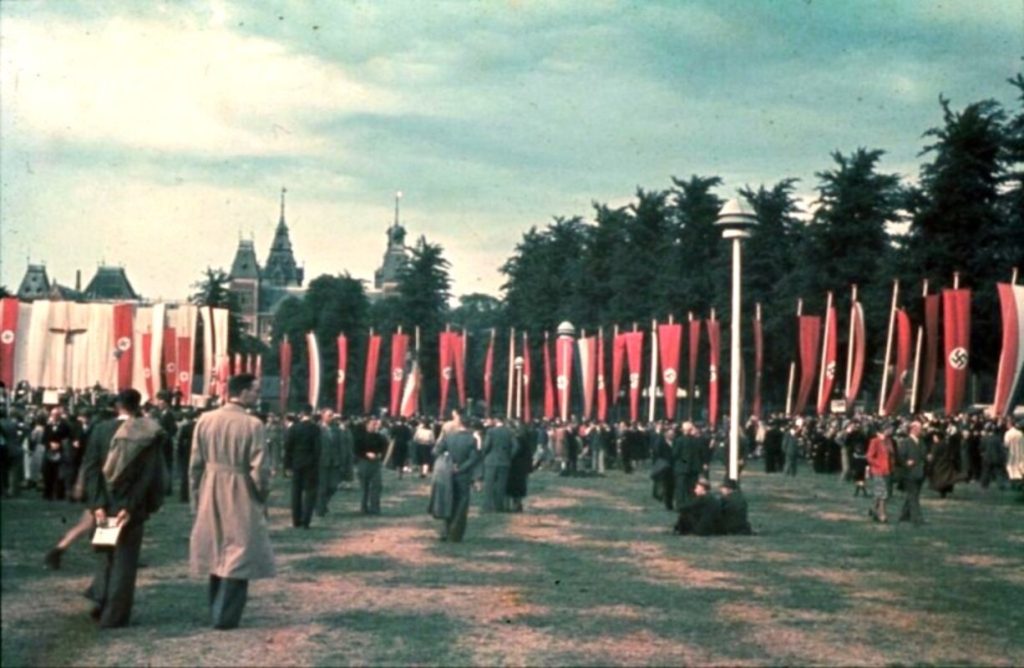
Unknown photographer
Behind the Rijksmuseum, the large field that is now a place where people of all religions and ethnicities come together to have picnics, was a favorite gathering place for Nazis to display their power. The headquarters of the corrupt police bordered this field.
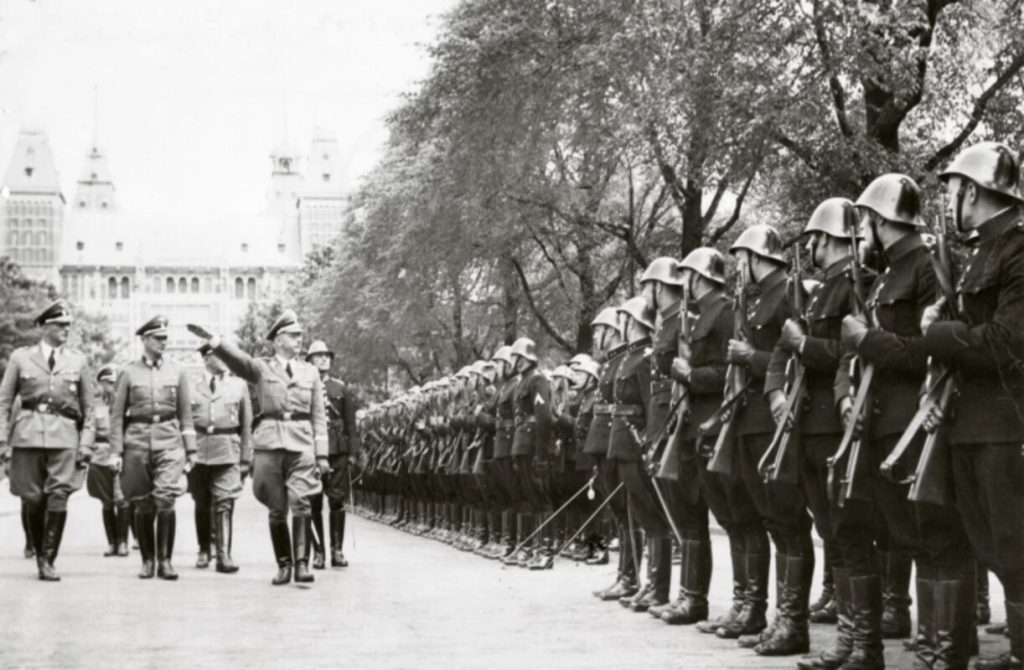
Unknown photographer
On May 18th, 1942, Himmler came to inspect the Dutch Police force, who had been trained by the SS (Schützstaffel, an armed branch of the Nazi party). According to Commissioner Tulip, Himmler was “friendly and appreciative.” Among other things, Himmler said: “Modern police should be a friend of the people rather than the ogre.”
However, later that same day, Himmler explained how seriously he took the “fight against the Jews.” As the leader of the German SS, Himmler was one of the driving forces behind the persecution of Jews. He was in fact, in the Netherlands to prepare the deportations of Jews directly to Auschwitz, which would start during the summer of 1942.
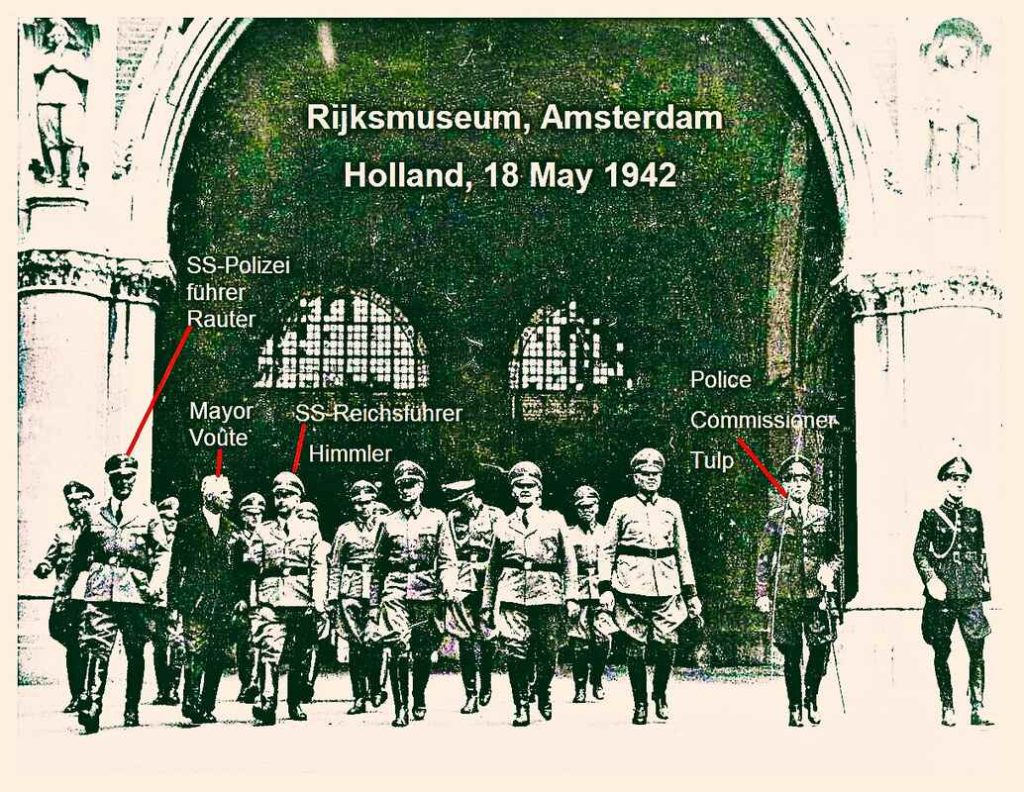
Unknown photographer
On the day that Kairos saw Mrs. Wijsmuller looking out of the windows of a black car taking her to the feared SD head quarters in the Euterpestreet, Heinrich Himmler inspected the newly SS-trained Amsterdam Police Battalion at the Museum Square. He then walked through the passage with Commissioner Raus, Mayor Voûte, State Commissioner Himmler, and Police Commissioner Tulip.

Unknown artist
Despite the fact that all the Nazi higher-ups were located in Amsterdam, the Resistance in the capital started growing more tenacious and violent. There were many secret publications to bring anti-Nazis uncensored news.
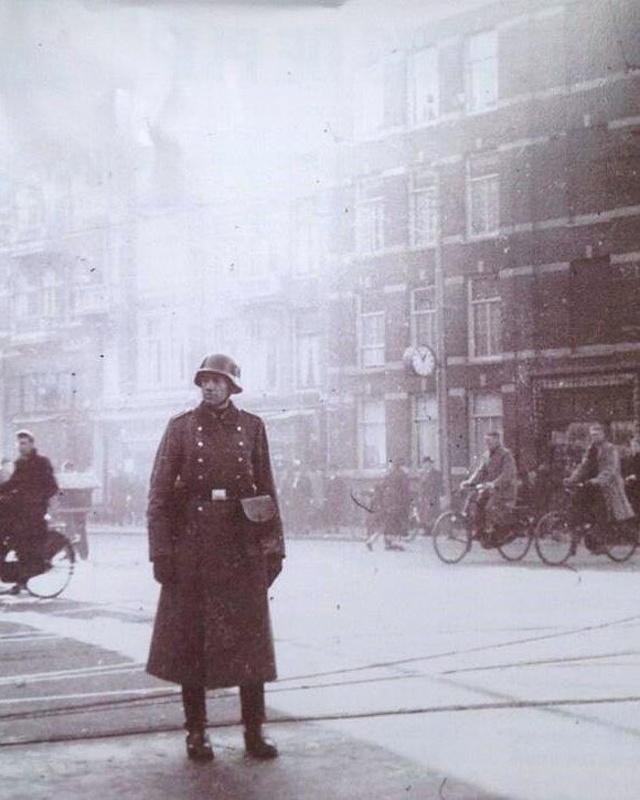
Unknown photographer
Meanwhile daily life went on even if you would occasionally turn a corner and run into a Nazi brute who could randomly stop you, inspect your bag or papers, confiscate your bicycle, or even take you into custody for no reason.
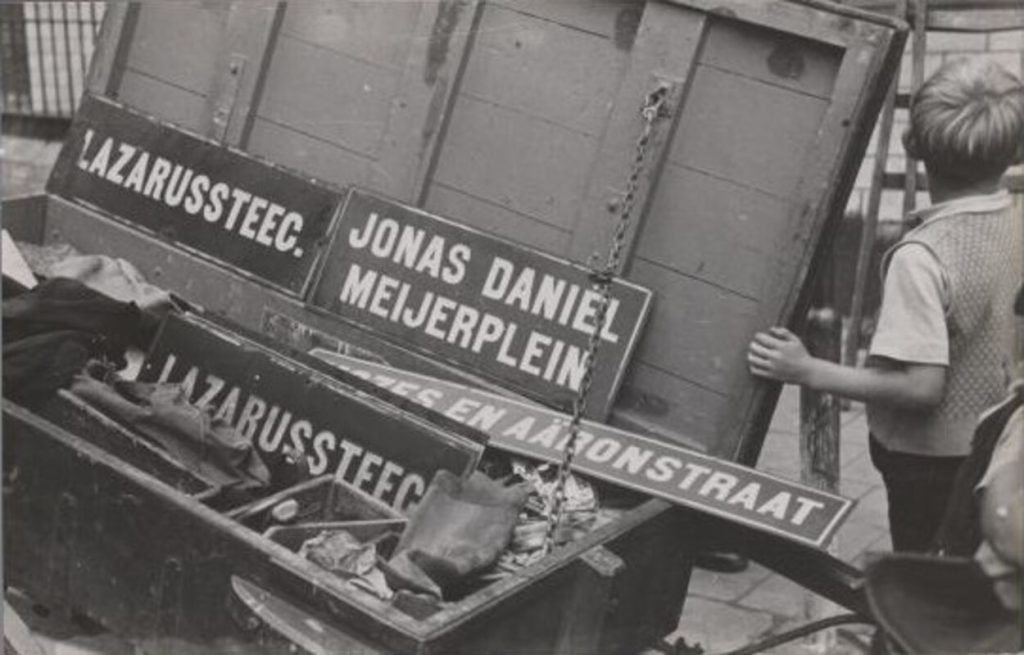
Unknown photographer
Another change in Amsterdam citizens’ daily routine was that they had to relearn the names of streets and squares. Had “Carnation Day” prompted a wave of replacing signs of streets that bore names of Royals, September 1942 saw another wave of renaming streets, like the Jonas Daniel Meijer Square with the less Jewish-sounding “Wood Market.”
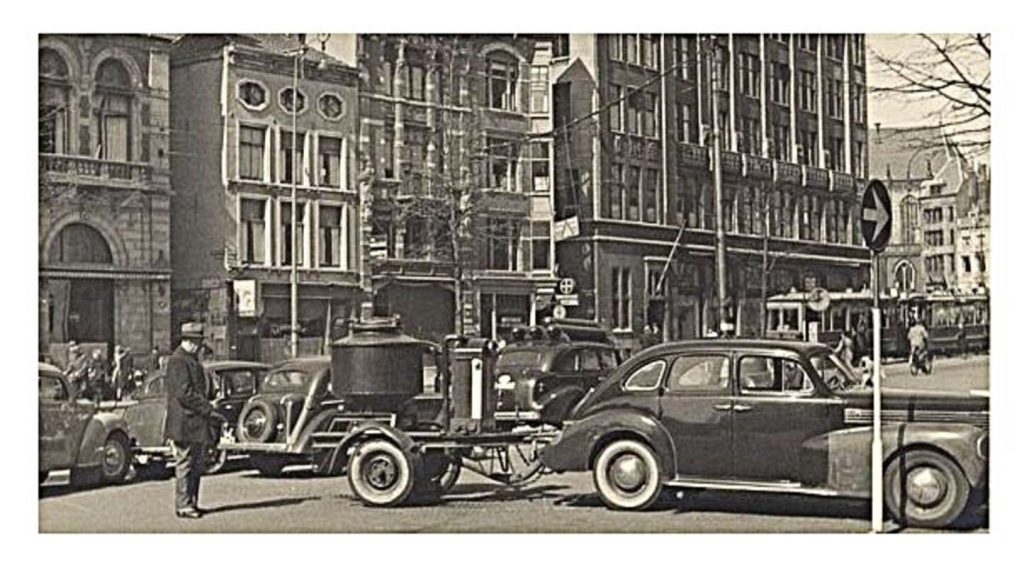
Picture credit: Amsterdam Archive
Certainly, a lesser inconvenience of daily life was that gas was rationed, so even if one still had a car, it was hard to drive it… unless one was very innovative and built a contraption that powered the engine with wood. Most citizens were happy if they even had a functioning bicycle with real tires; my mother told me that towards the end of the war, some people tried to fashion tires out of wooden hoops. Tires themselves were also used to patch holes in shoe soles.
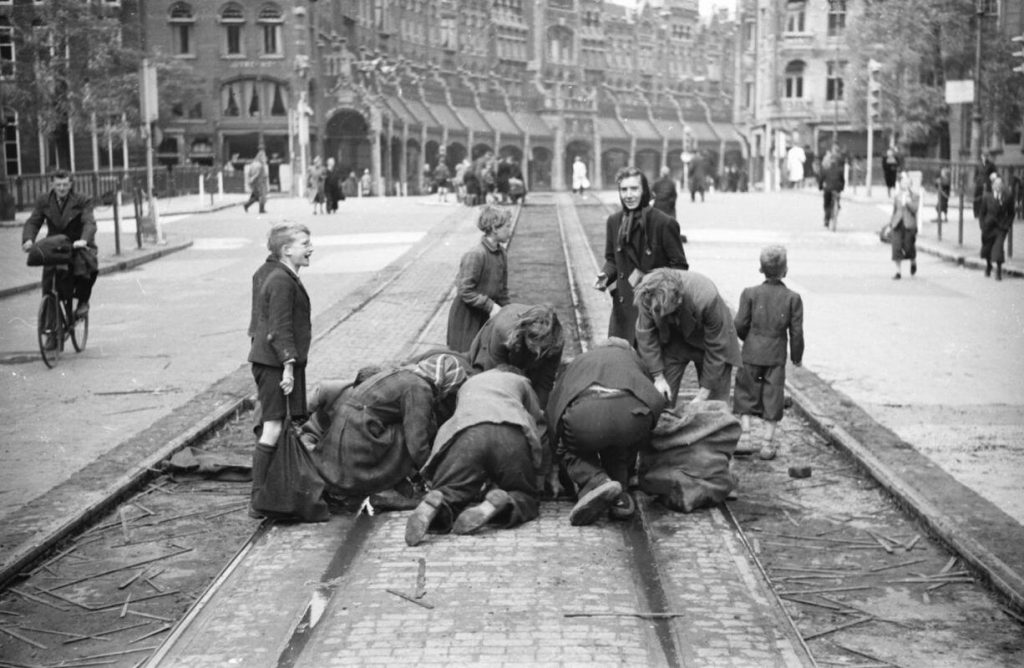
Unknown photographer
By November of 1944, there was no wood to power cars or to keep warm. What came to be known as the “Hunger Winter” would last until March 1945. After D-day, the Allied Forces had liberated the southern part of the Netherlands, but since “Operation Market Garden” had failed (allegedly due to Kairos’ former friend double-spy King Kong), the north-western part of the Netherlands was about to experience the worst of the war.
A railway strike called for by the Dutch government in exile, a Nazi food embargo, and an exceptionally hash winter that destroyed crops and froze canals conspired against the hungry, cold citizens of Amsterdam (and other cities). When the electricity was cut off as well, people started demolishing the tram rails as can be seen in the picture, their own houses, or anything that could be burnt to get warm.
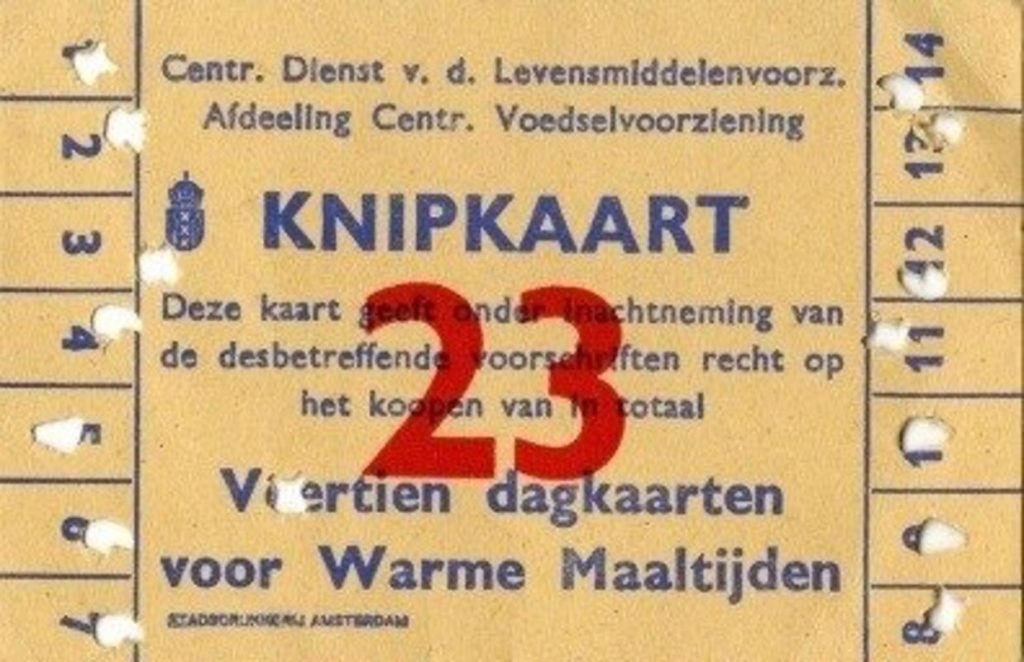
Unknown photographer
Initially there were attempts to have soup kitchens for the poorest and most underfed, but soon those disappeared as well. Since there was no food (even on the black market), starving city-dwellers would cycle or walk miles with carts or baby carriages to beg, steal, or overpay for anything that was edible and could be taken back to the dying relatives.
Many started eating pets, rats, or like my second cousins, bitter tulip bulbs. Eventually, 22,000 people died of hunger and cold, their frozen bodies were stacked on top of each other in the empty South Church. My mother told me how our second cousins had wept with joy when the Americans brought them oranges, fluffy white Wonder Bread, and real chocolate.
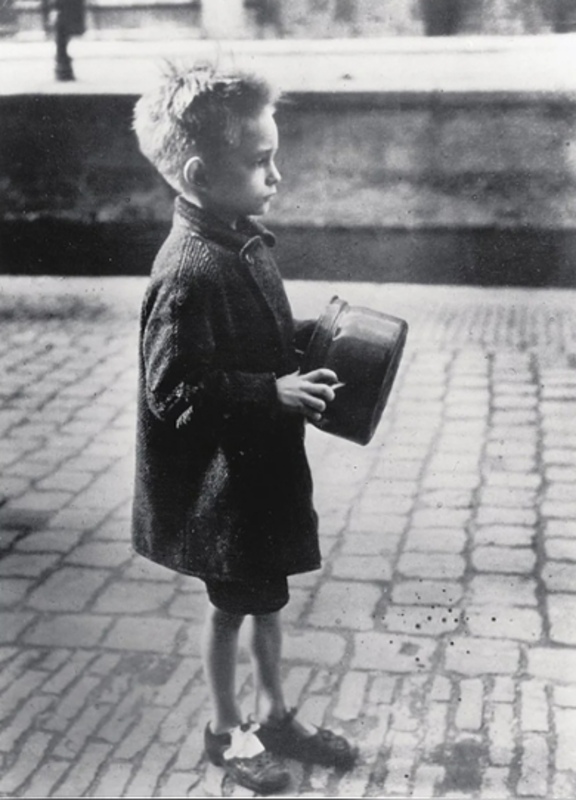
by Emmy Andriesse – Collection Stedelijk Museum Amsterdam
Most Dutch people know about “Henkie” (pronounced /Hanky/) who has become a symbol of the “Hunger Winter.” He survived but was severely traumatized by the experience and never wanted to talk about it ever again. What is amazing is that the picture was taken by the Jewish photographer Emmy Andriesse who managed to get forged papers and become a member of a Resistance Group called the “Underground Camera.” Not only did they document what was going on, but they also send the Allies information.
For a well-made cartoon and a touching Dutch rap song about the “Hunger Winter,” please check out: https://vimeo.com/410570684
similar galleries
discover
JOIN MY NEWSLETTER
To receive announcements about new blogs, images, essays, lectures, and novels, please sign up.
